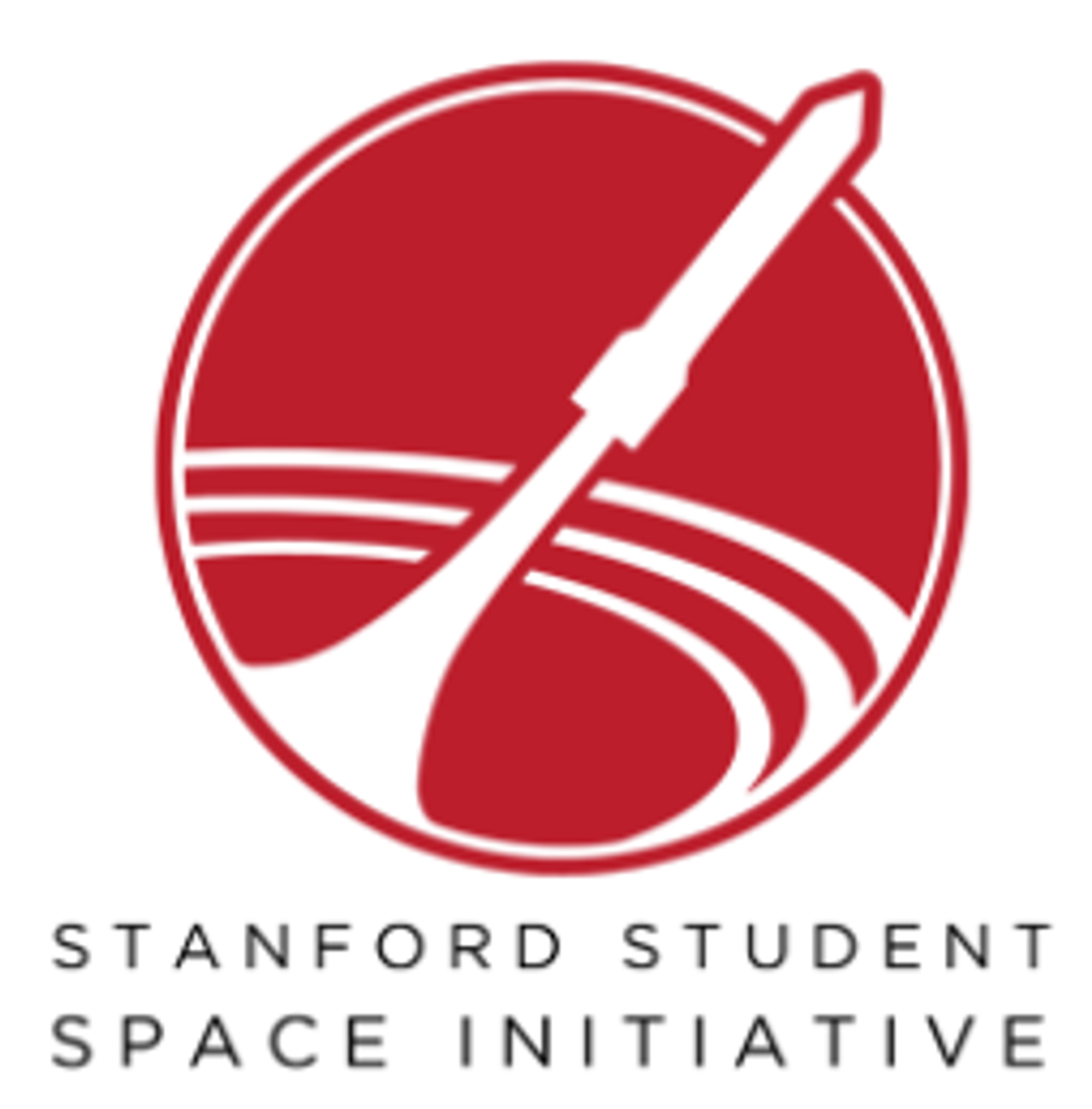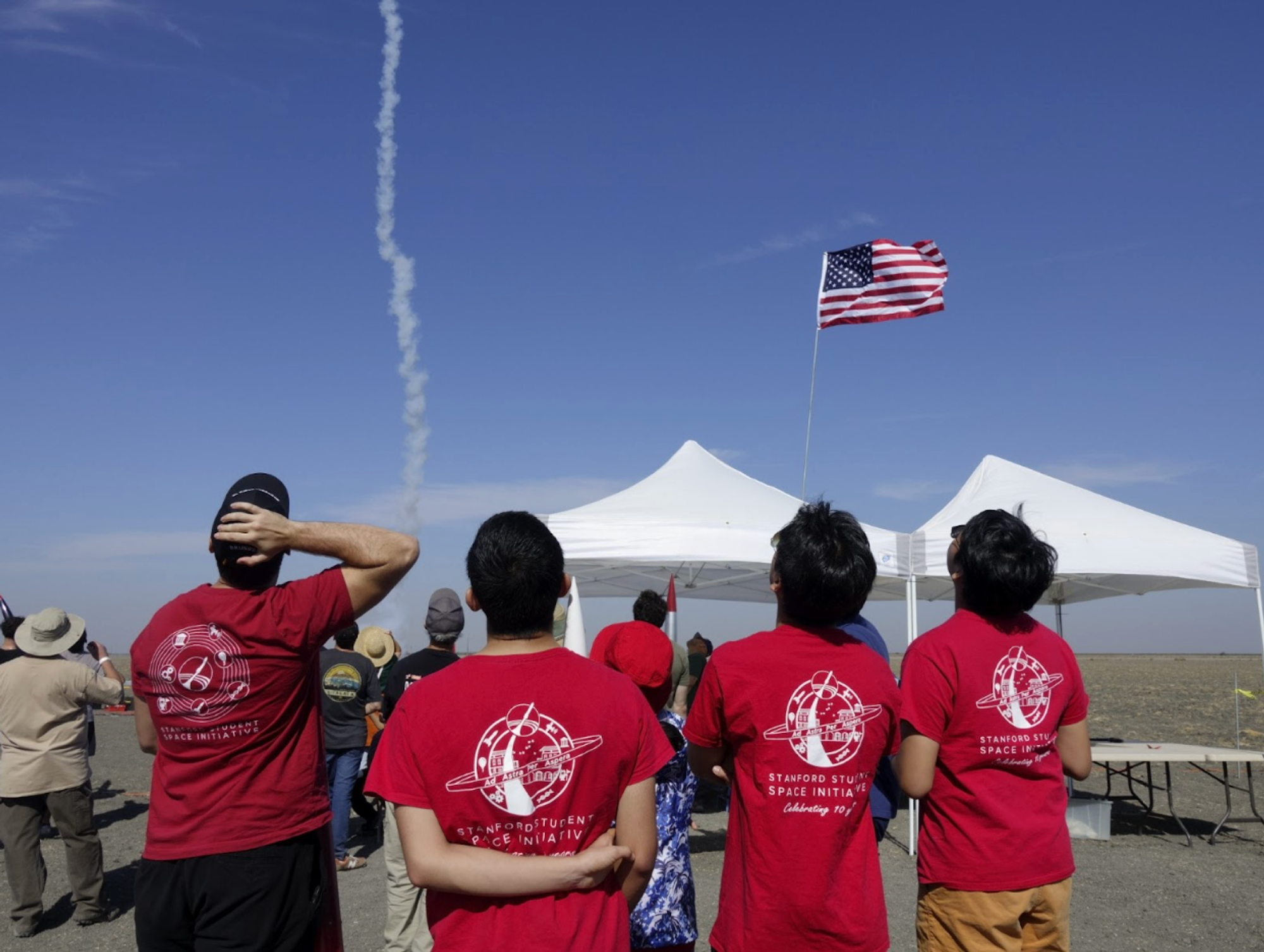
SSI Rockets Fall Quarter Newsletter! 2023-2024
January 20, 2024
Written by: Evelyn Nutt, Rockets Co-Lead and Electrical Engineering @ Stanford
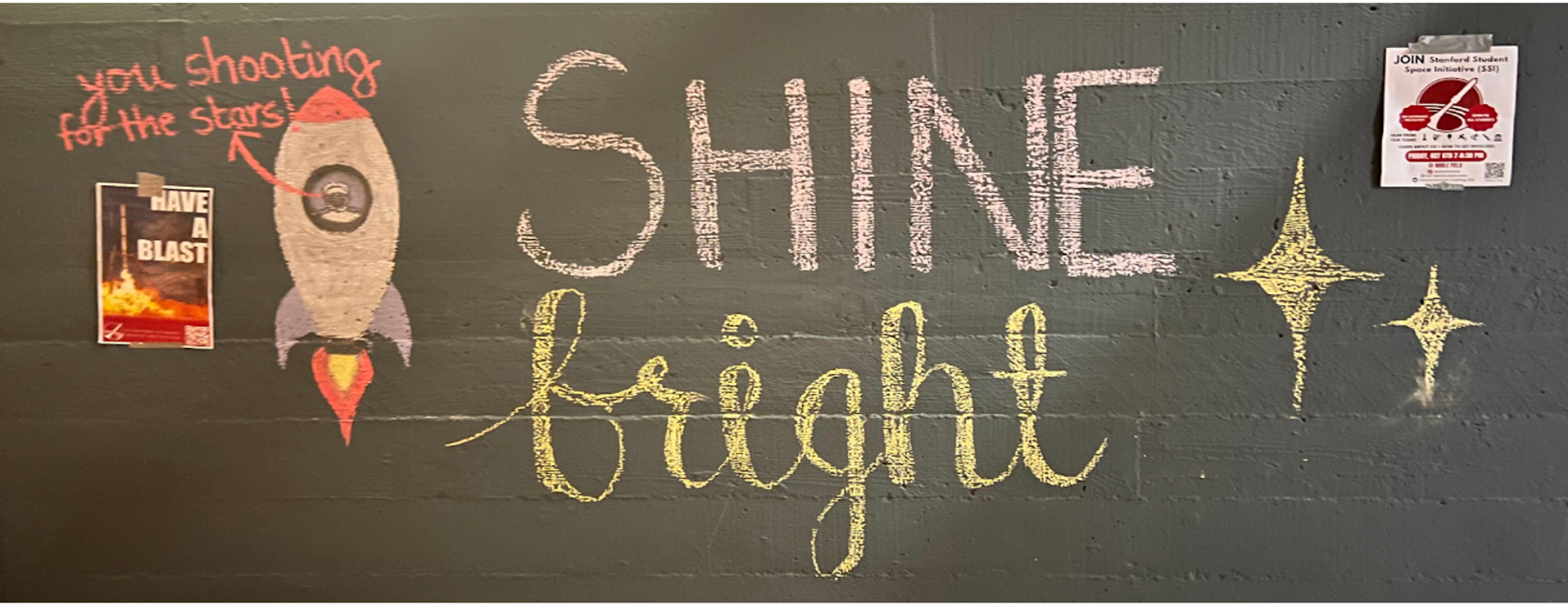
Greetings fellow Rockets-enthusiasts! In this newsletter, you’ll find all the exhilarating projects that the SSI Rockets team has been working on each quarter, along with some sneak peeks at our future plans. Our aim for this newsletter is to help SSI and supporters of the organization to stay up-to-date with all the latest Rockets happenings as the team quickly evolves over time, always looking to keep pace with trending engineering challenges. We hope that you enjoy our obsessive dedication to things that go up really fast as we, students, strive to put our hard-earned hands-on skill to the test in explosive environments!
With our fall issue of the quarterly SSI Rockets Newsletter, we’d like to thank you for your continued support!
— Evelyn Nutt & Charlie Gordon
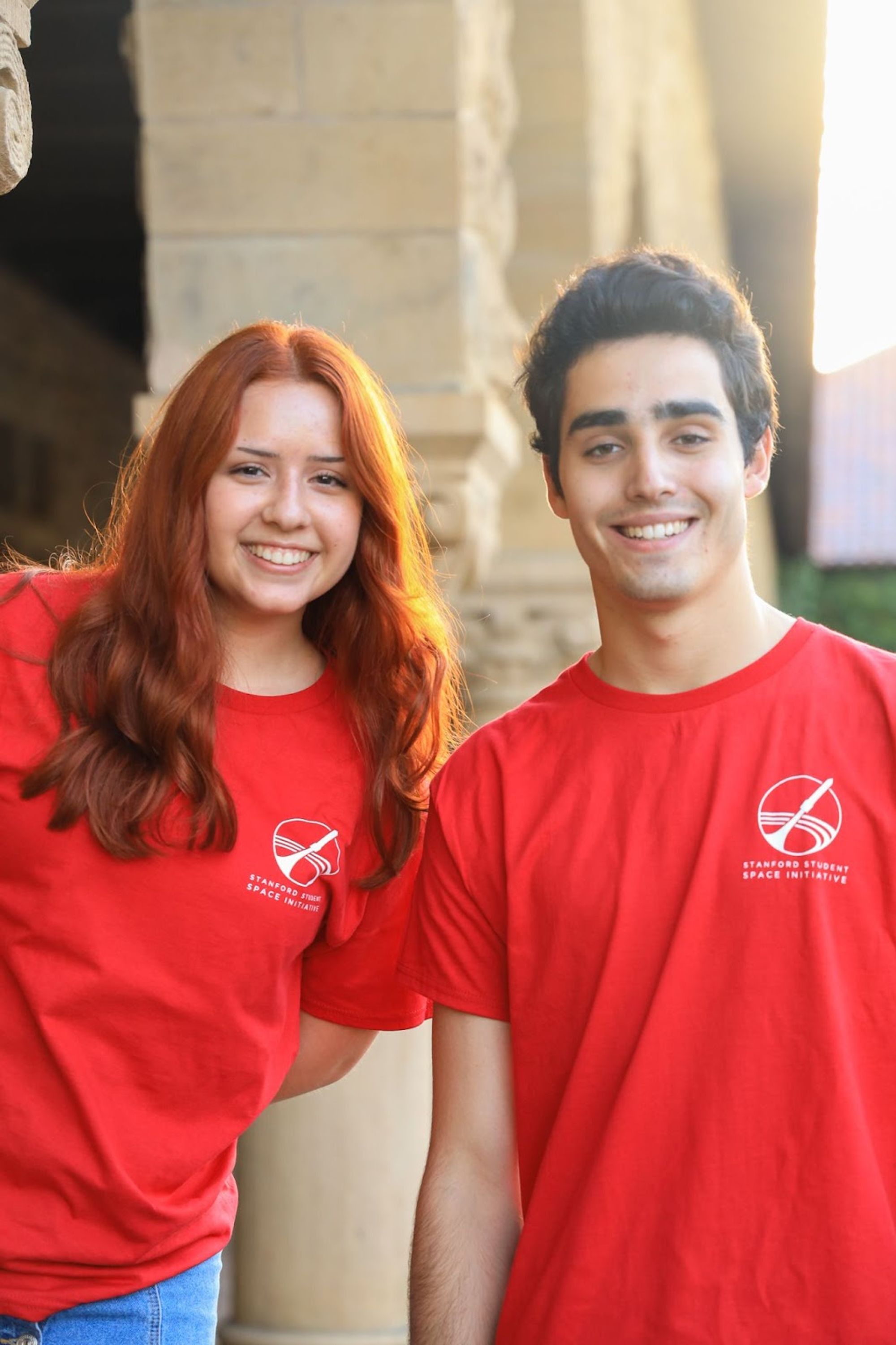
Onboarding
The Activities Fair was a great success for Rockets this year! We saw lots of enthusiasm from new and returning Stanford students alike. We were able to introduce all our new members to our onboarding events through our Rockets General meeting, held each quarter. Each fall, Rockets hosts onboarding events from each guild; Avionics, Propulsion, Recovery, and Structures, to help new members integrate themselves towards ongoing projects.
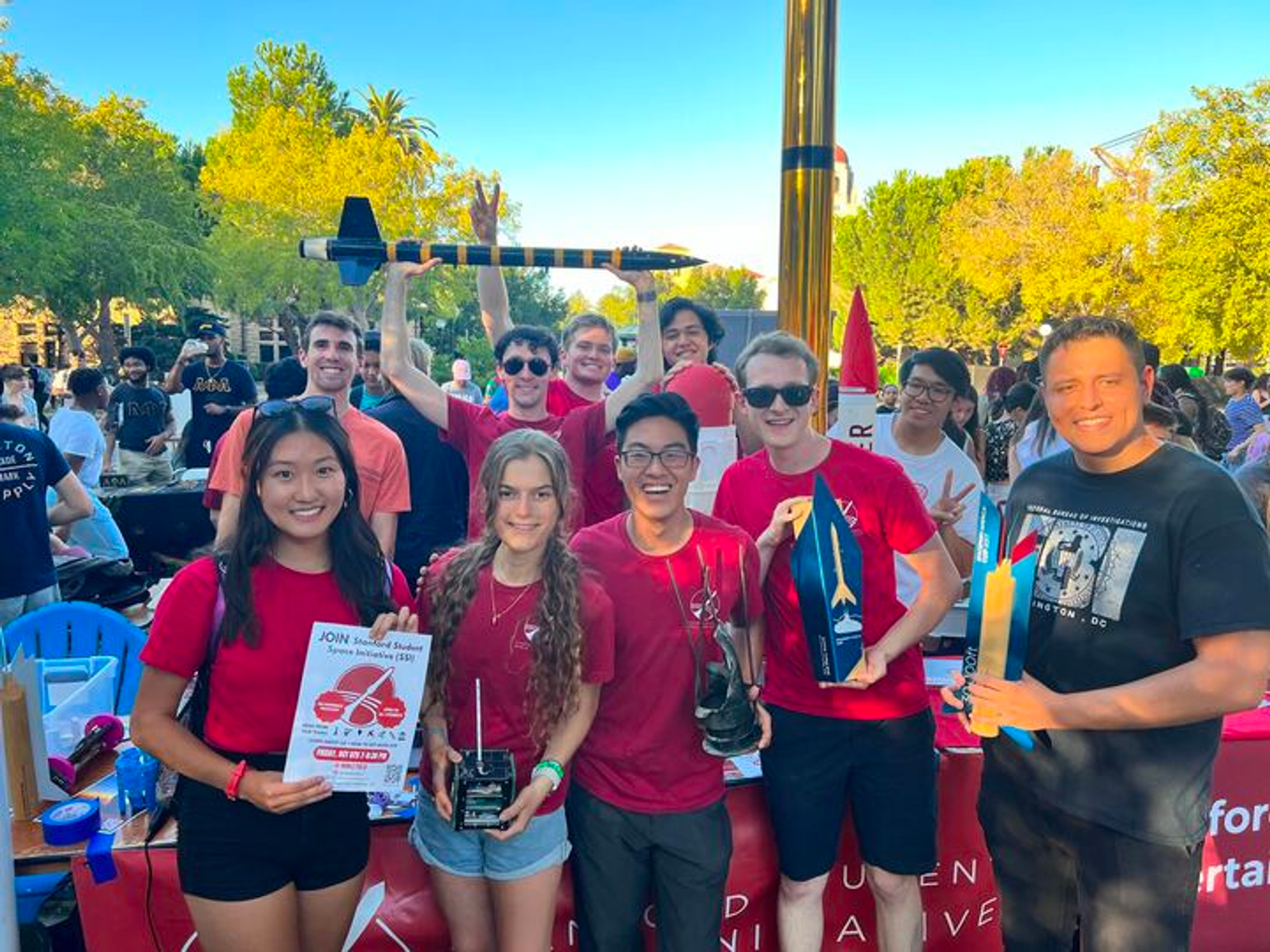
– Evelyn Nutt (@Evelyn Nutt) ‘25
Avionics
28 students joined our workshop to learn about rocket software development and circuit design. New students without previous experience learned how to make a blinking LED using a Raspberry Pi Pico, and then went through a guide we made simulating parts of a flight computer: MOSFET, button, buzzer, and hall effect sensor. Those with experience used the flight computer I designed, the Flying Phoque, to write software that would gather data pressure and acceleration data and log it to an SD card.
– Lawton Skaling (@Lawton Skaling) ‘25
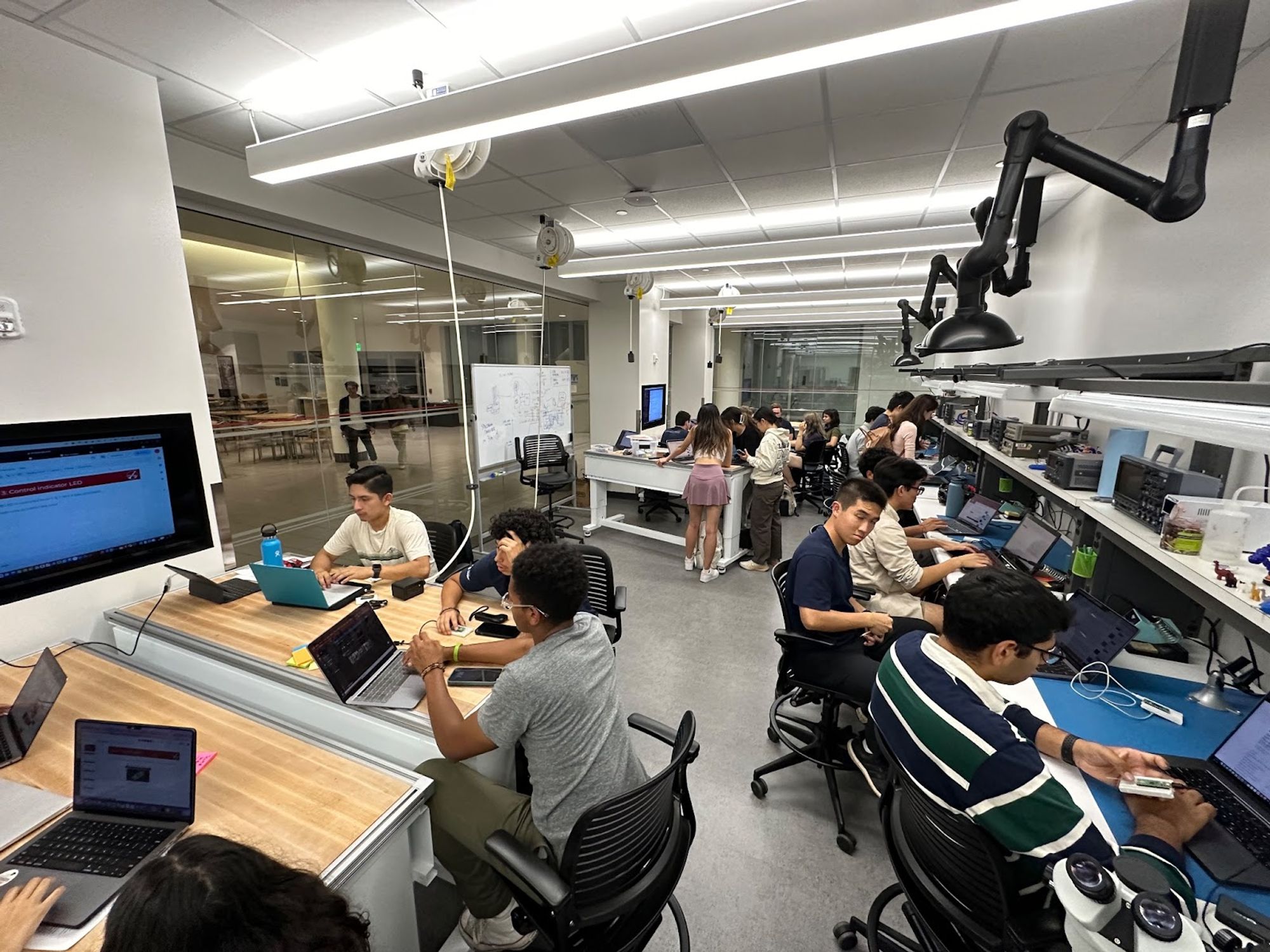
Propulsion
We talked about some of the important components that come into play within rocket engines and pointed out different types; Olympus (liquid), Phoenix (solid), and Fountain Hopper (hybrid). No propellant mixing/testing though 😢 😢
— Amy Hoang (@AmyH) ‘26
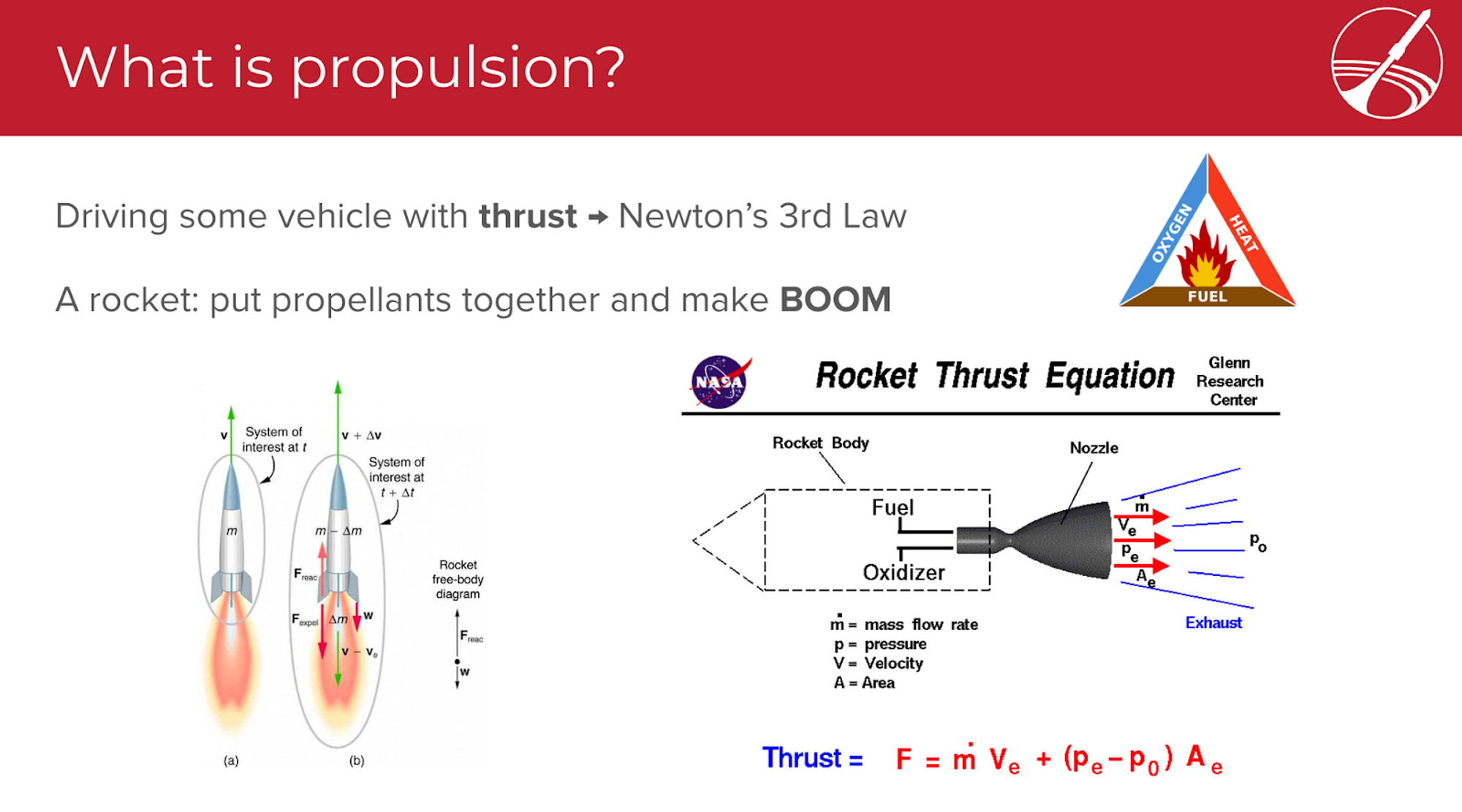
Recovery
We did an ejection test with our new members. I don’t have any pictures or videos from that. 🗿🗿
— Matthew Nguyen (@Madeleine Butterfly) ‘25
Structures
We built a composite sandwich plate. It was great. Possibly, the greatest plate ever built. People come up to me all the time and say, “that’s the best plate I’ve ever seen.” It’s the strongest plate this onboarding team has ever built, and a lot of people really like the plate.
— Matthew Tan (@Matthew Tan) ‘23
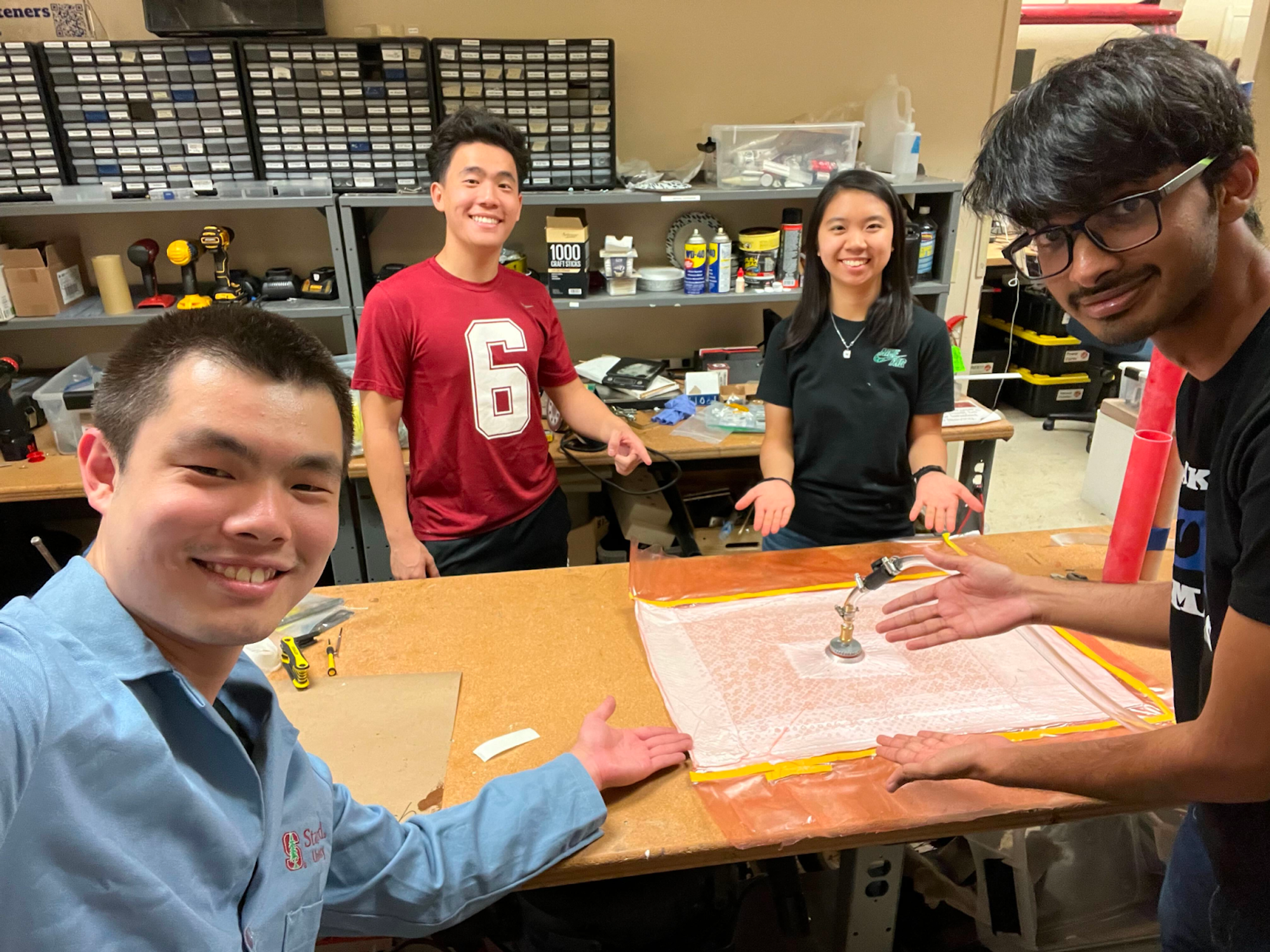
Introducing the 2023-2024 Rockets Leadership Team!
For the new academic year, the active Rockets team projects are Project Fountain Hopper and Project Phoenix. Both are led by two systems co-leads responsible for their project’s timeline, design goals, budget, meeting schedule, subteam delegation, subteam lead selection, and overall system architecture and project scope. Additionally, we have formed two new roles in our High Power Rocketry (HPR) Certification Program where two leads work together to help the Rockets co-leads facilitate L1 and L2 onboarding each year. Taking place mainly during the Fall and Winter quarters, the High Power Rocketry Certification Committee’s (HPRCC) responsibilities include introducing the basics of amateur rocketry and hands-on skills to new members, hosting L1 and L2 build sessions, guiding members through OpenRocket tutorials and pre-flight approval paperwork, creating the budget for all supplies needed for both L1 and L2 certification kits, and improving upon previous certification kits with the goal of more successful launch rates.
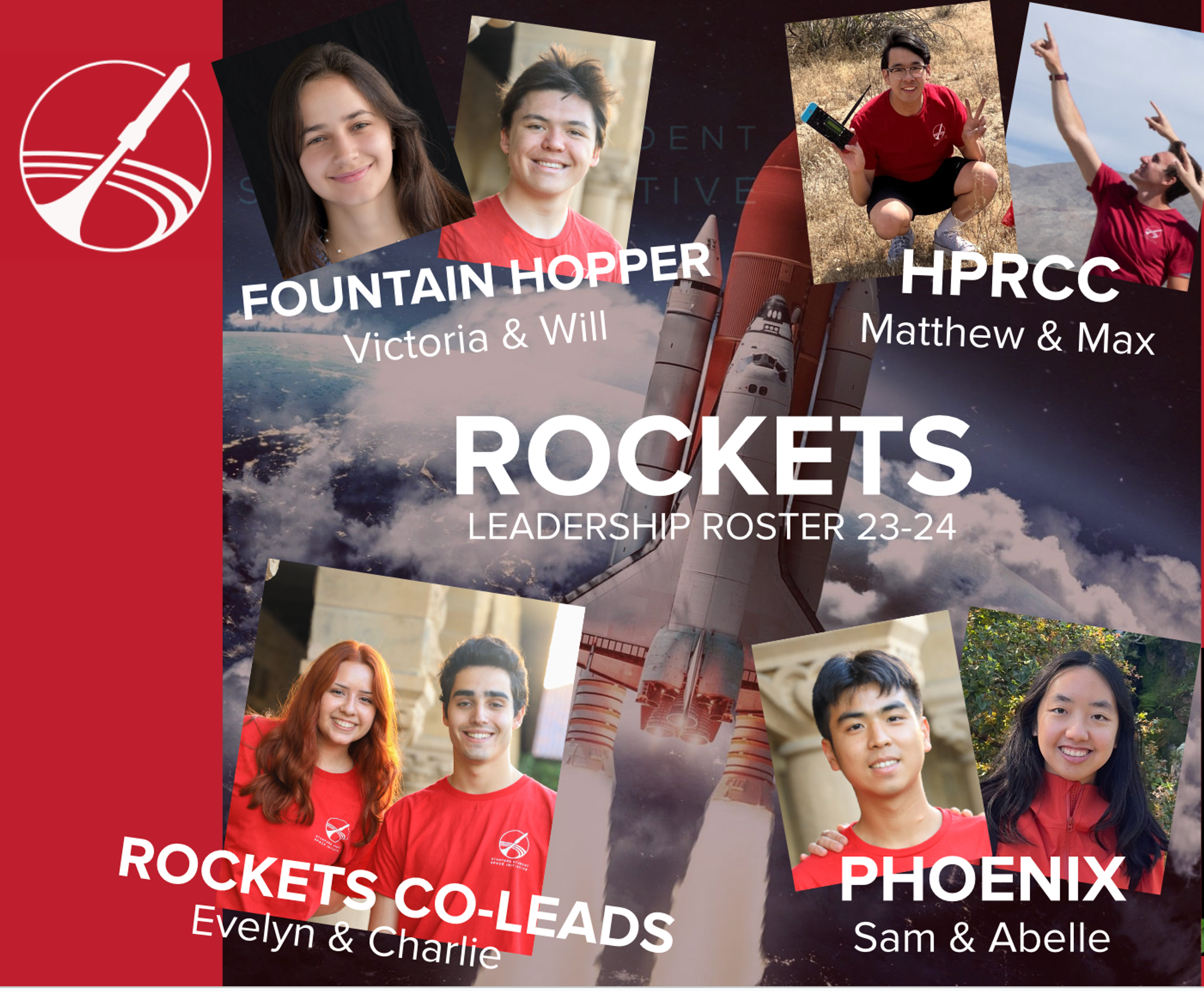
We’re happy to have Victoria, Will, Abelle, Sam, Matthew, and Max as a part of our leadership team this year! Throughout this newsletter, they will explain the work they’ve done so far this quarter and what they hope to accomplish throughout the rest of the year.
– Evelyn Nutt (@Evelyn Nutt) ‘25
Fountain Hopper
This new academic year provided Fountain Hopper with a new set of challenges and direction as we officially entered the Collegiate Propulsive Lander Challenge (CPLC) in August.
The most important goal for this quarter was to design our brand new hybrid engine. As of last year, we had conducted many tests on Fountain Hopper with a ducted fan as the main source of propulsion. With the acceptance into CPLC and the desire to further our progress in creating a rocket that can “hop”, we knew it was time to upgrade our propulsion system to a hybrid engine. This involved a vast amount of research and learning on behalf of the propulsion team, many of which had never built a hybrid engine before. We relied heavily on the dedication of our team members and mentorship from senior SSI students, alumni and faculty. We decided to split the propulsion team into two sub-teams: one that would focus on the injector and feed-line system and one on the combustion chamber and nozzle. This was effective in making sure that all parts were developed on a similar timeline and that the work was evenly distributed over team members. Therefore, the Fountain Hopper team learned a great deal about how to size, design and render the many components of a hybrid engine.
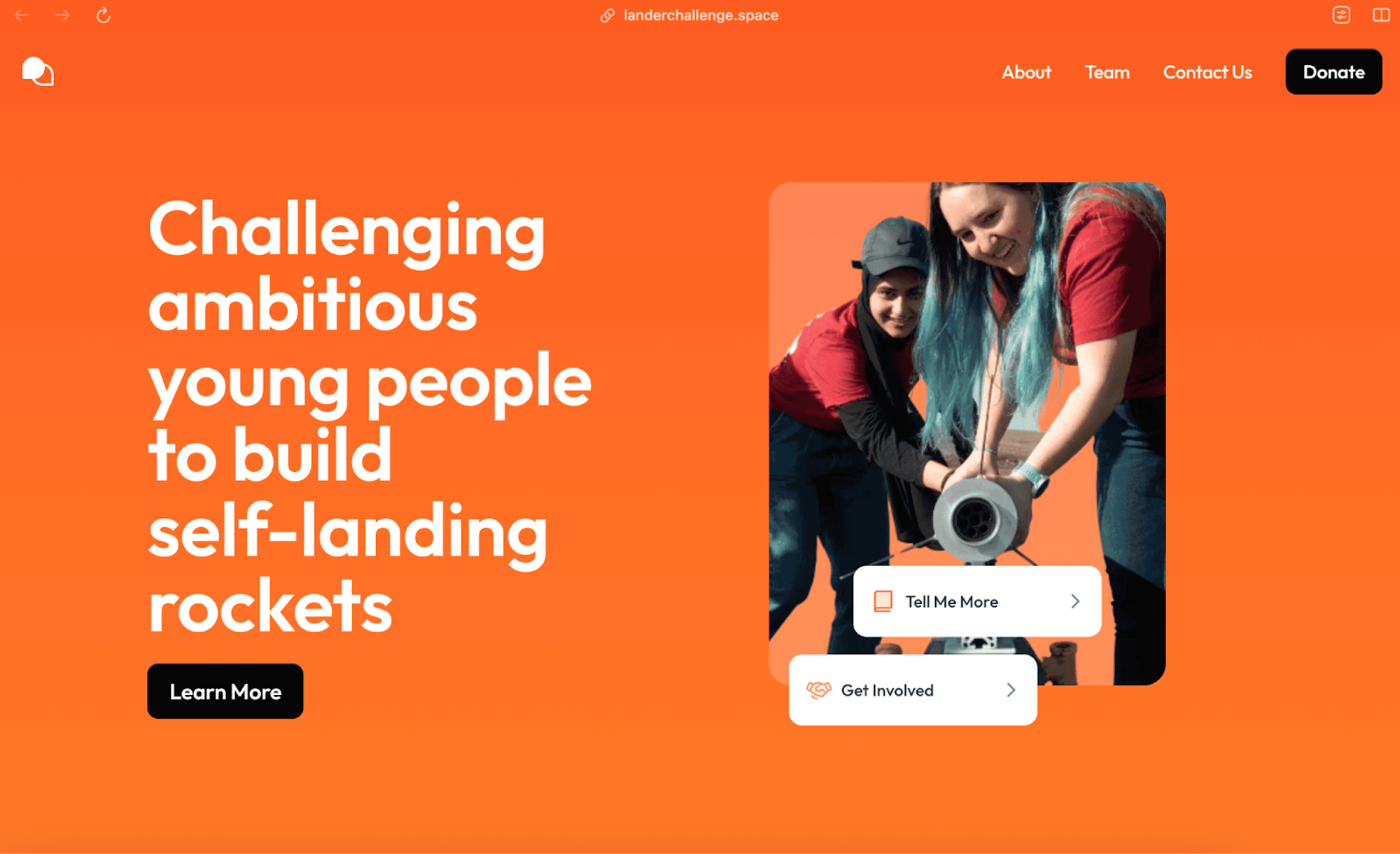
We have successfully completed all engine sizing and parameters and have a working CAD design of all the necessary components of our new hybrid engine. As we approach next quarter, we are preparing for our Preliminary Design Review meeting with Professor Hai and Hara which will occur during winter quarter.
After the complete finalization of our design, we will start to build our engine with as much in house manufacturing as possible with the overall goal of having a static fire test to demonstrate a minimum of 500 lb of thrust for 10 seconds and manipulation of the thrust vector control as part of the TVC Hotfire milestone of the competition.
— Victoria Porto ‘26 and Will Nida ‘25
Phoenix
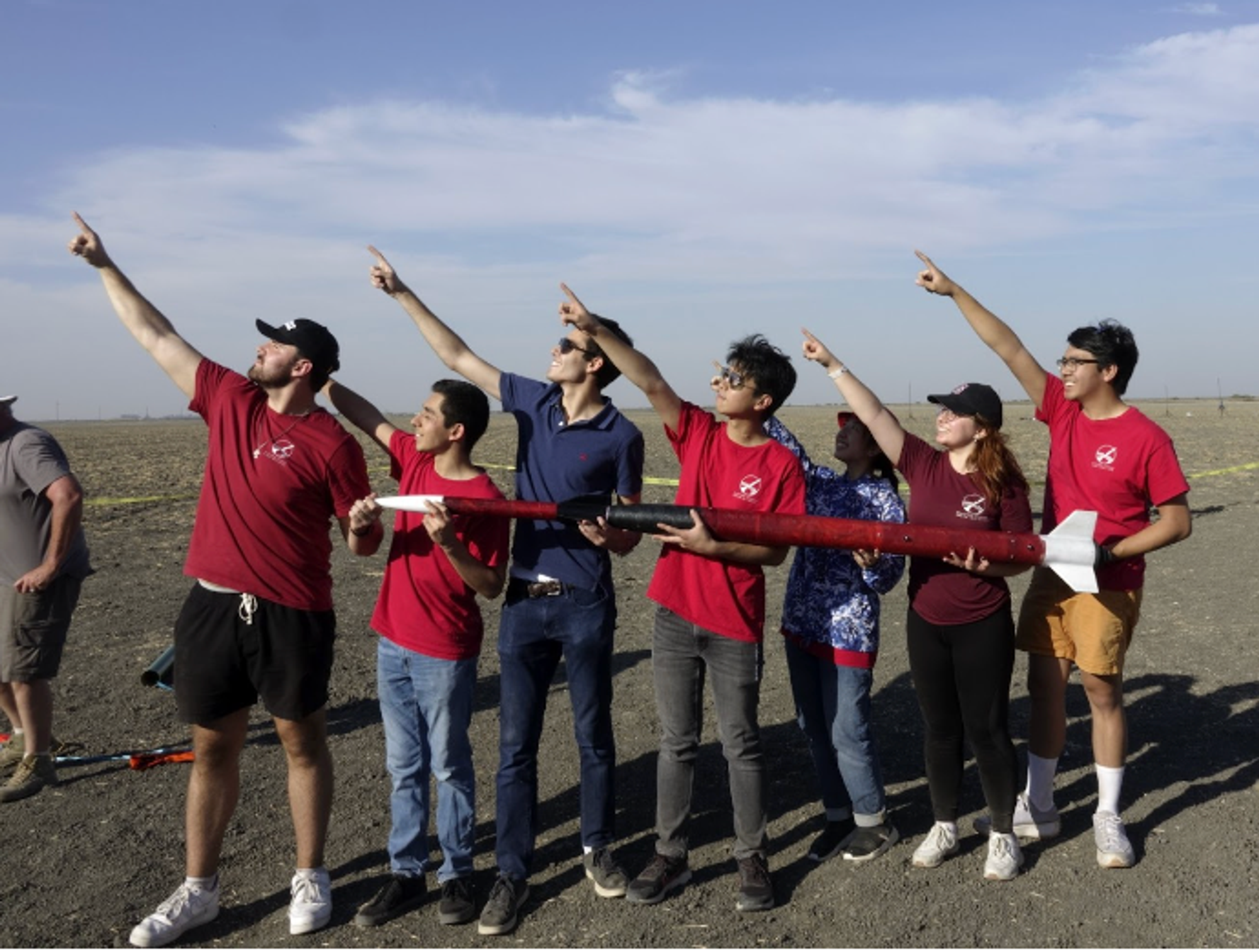
Project Phoenix is back and gearing up for the IREC Competition (Spaceport America Cup 2024) in New Mexico! Our goal: build a two-stage rocket that can fly to 30,000 ft. After months of hard work, dedication, and meticulous planning, we are thrilled to announce that Project Phoenix has been officially accepted into IREC as an official team in November!
We started this quarter with a crazy schedule—over the weekend of week 4, as a leadership onboarding opportunity, we did a first test launch of a two-stage drag-separated boosted dart at Tripoli Central California. All of the system and subteam leads got a chance to review the procedures of making a fiberglass rocket and be familiarized with the two-stage manufacturing, simulation, and flight processes. With that experience, the Structures/Staging team has been developing a novel staging mechanism that uses the motor casing itself as the coupler, allowing the stages to have the same diameter. Concurrently, the Avionics team has been working with previous student-developed custom flight computers like Thunderguppy and Stratochovy to be used during the competition for staging and parachute deployment, and has also been working on the scientific payload that is intended to collect CO2 data to create a vertical profile of CO2 concentration. Last but not the least, the Recovery team has been working hard to learn the process of making parachutes and revising flight simulations for the most accurate results.
Other than technical research and development, the Phoenix team has also been documenting engineering processes for IREC and knowledge inheritance purposes. So far, Phoenix has submitted the Entry Form and the 1st Progress Report of the IREC competition, both containing important information about the rocket design and flight simulations. We also completed our Preliminary Design Review meeting just before the start of winter break to get crucial technical feedback from alumni, faculties, and current SSI members. Finally, every team has been keeping track of its progress through the use of subteam project notebooks. The Structures/Staging team has especially worked extra to document fin assembly and layup processes in the hope that future members will find those instructions handy.
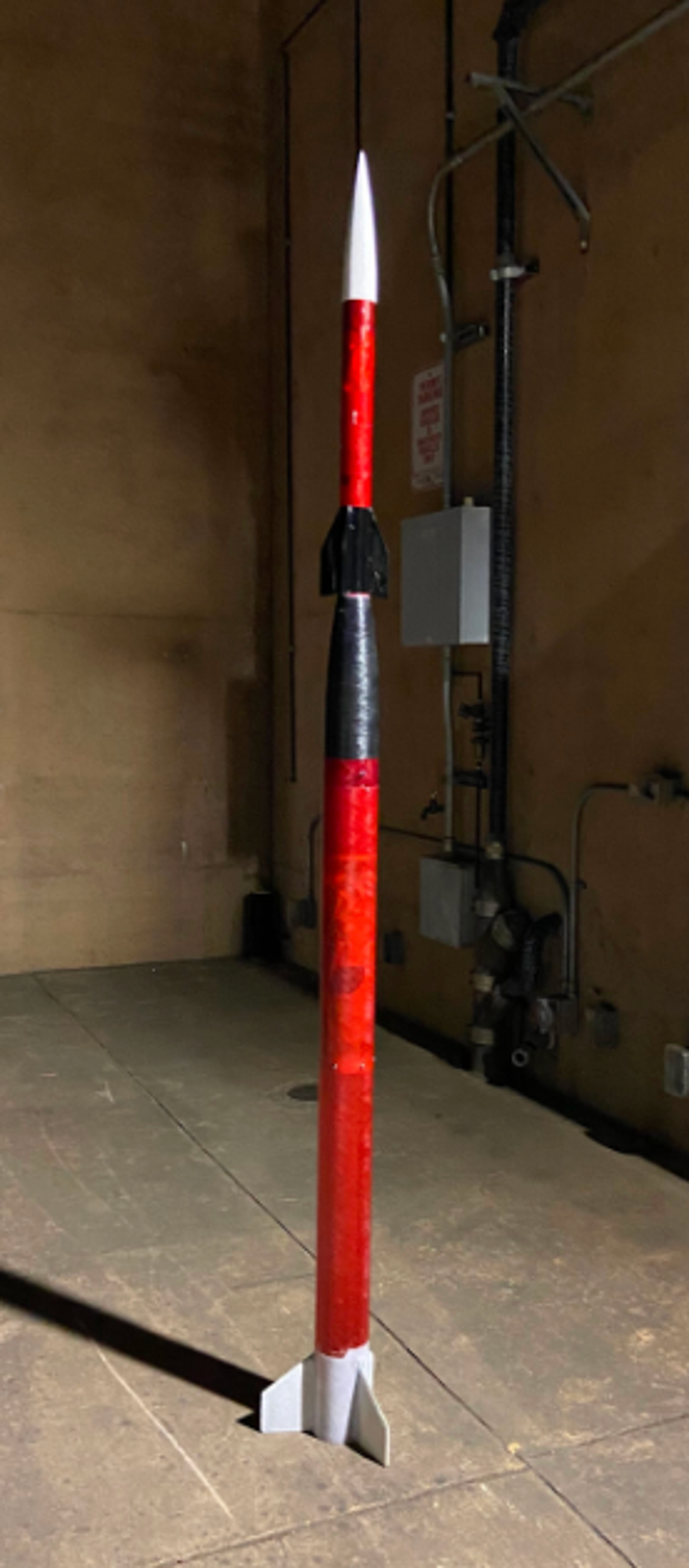
Throughout the quarter, many experienced alumni and members have provided important feedback and advice to current members, who have been working hard to learn about the new systems used in Phoenix. On behalf of the entire team, we thank everyone who has helped this team, and we hope you will continue to support this team in the two quarters to come!
Ad Astra,
Phoenix Systems Leads, Abelle and Sam
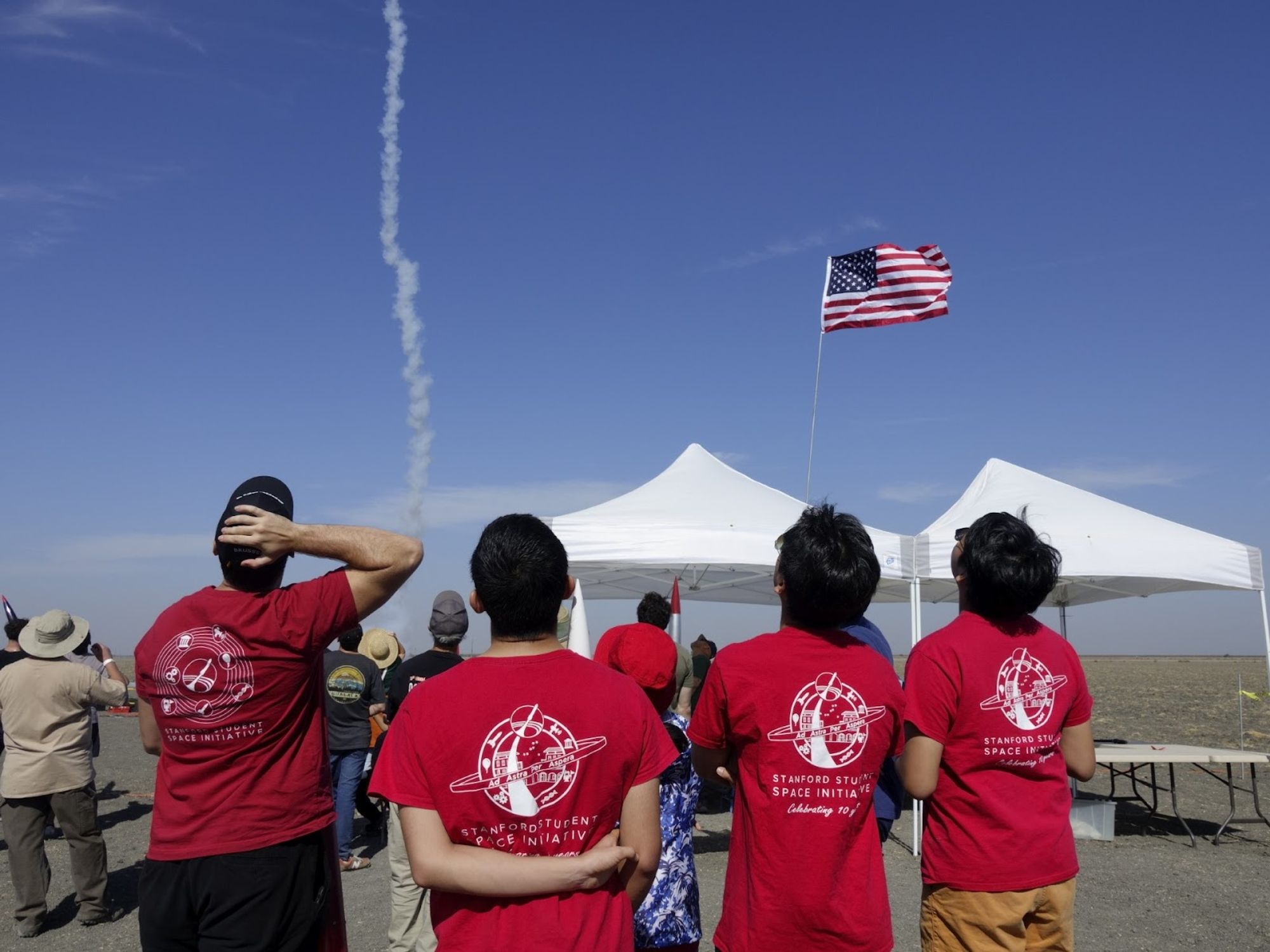
Individual Project Feature: Butterfly Aerospace
Project Eileen, named after shuttle astronaut Eileen Collins (and Eileen from Regular Show) was designed to look like one of the SRBs from Artemis-I. This project was designed to demonstrate heavy use of composite reinforced 3d printer filaments for HPR construction made possible due to the new 3d printer upgrades that the SSI workspace managers have completed this year on our existing Prusas. The project also will test custom machined motor hardware made by Matthew Nguyen at the PRL.
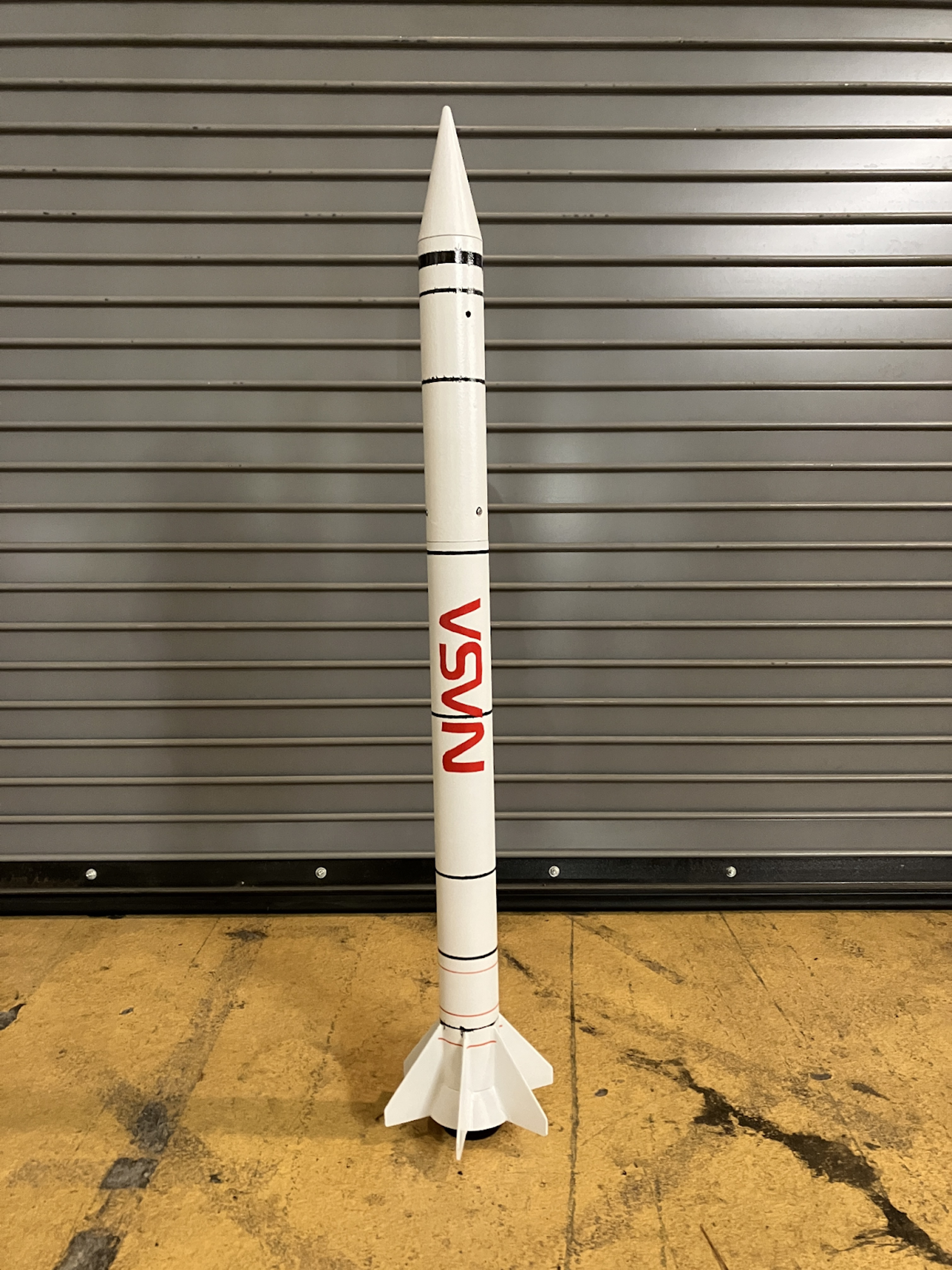
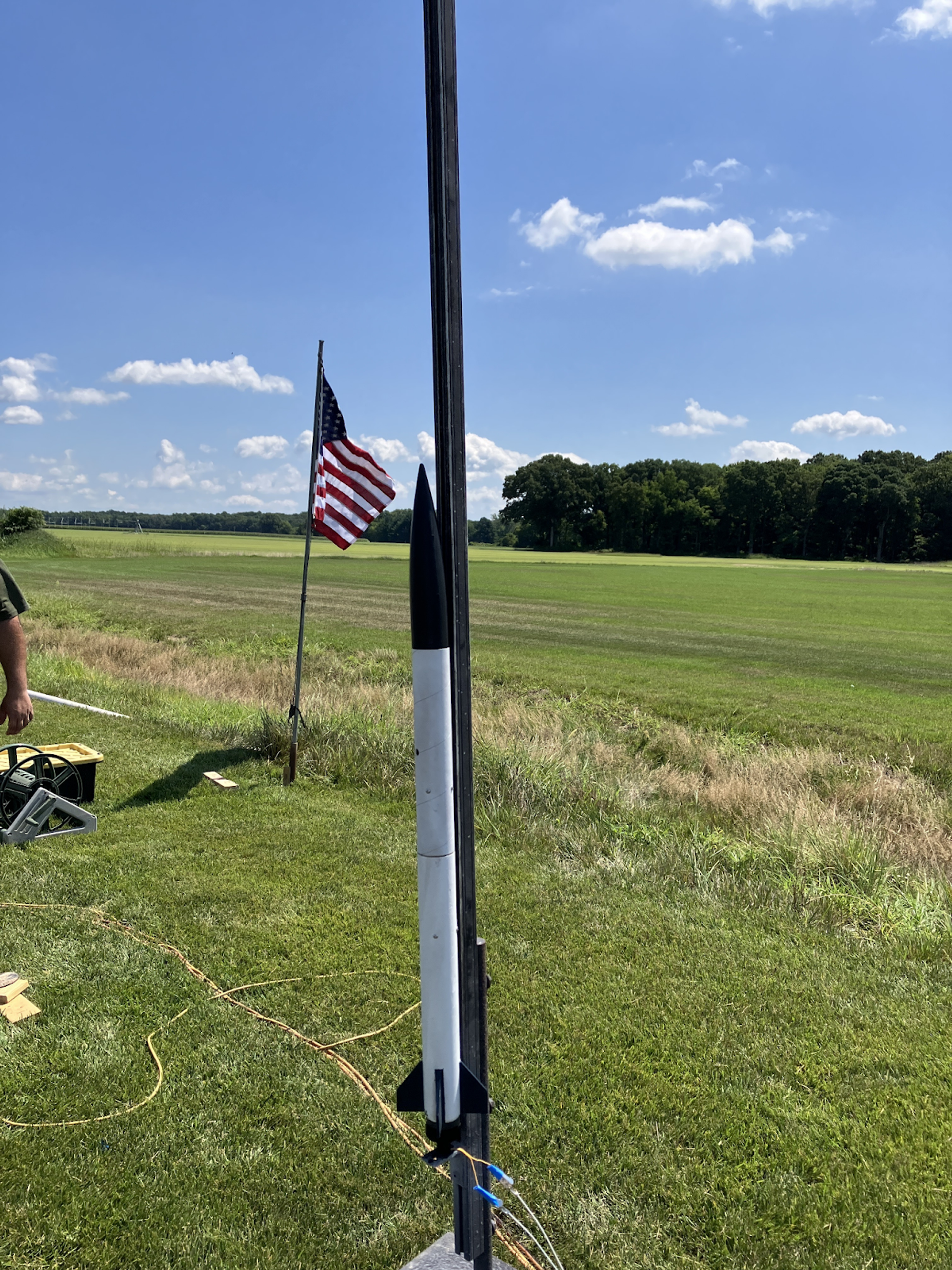
Tulip and Mirror Tulip (named after characters from Infinity Train) are twin 38mm rockets used test beds for flying EX 29mm motors. Mirror Tulip, the cardboard & wood twin, successfully flew twice at MDRA over the summer on two custom G motors, while Tulip, the fiberglass twin, is expected to fly at MDRA twice on custom H motors.
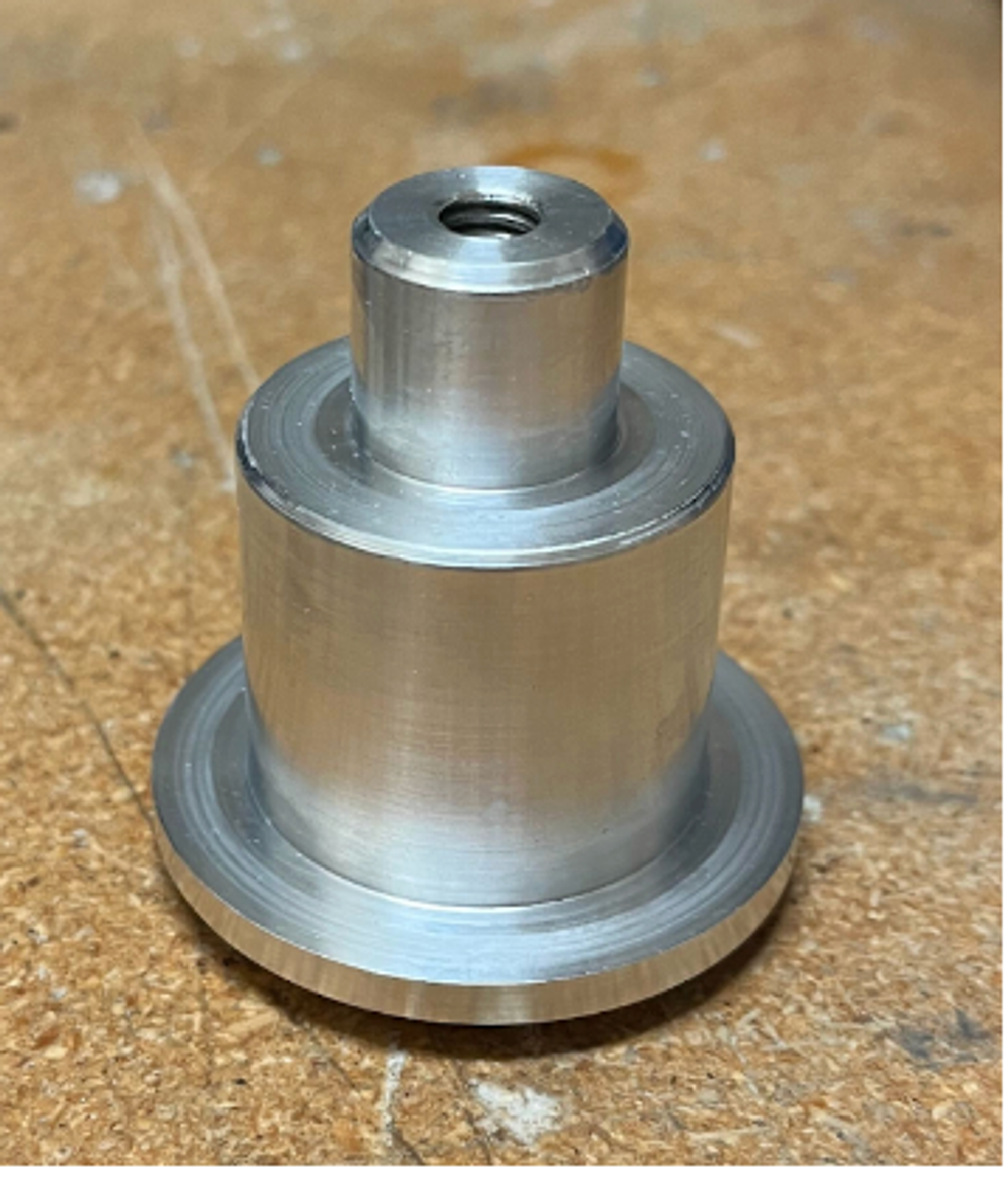
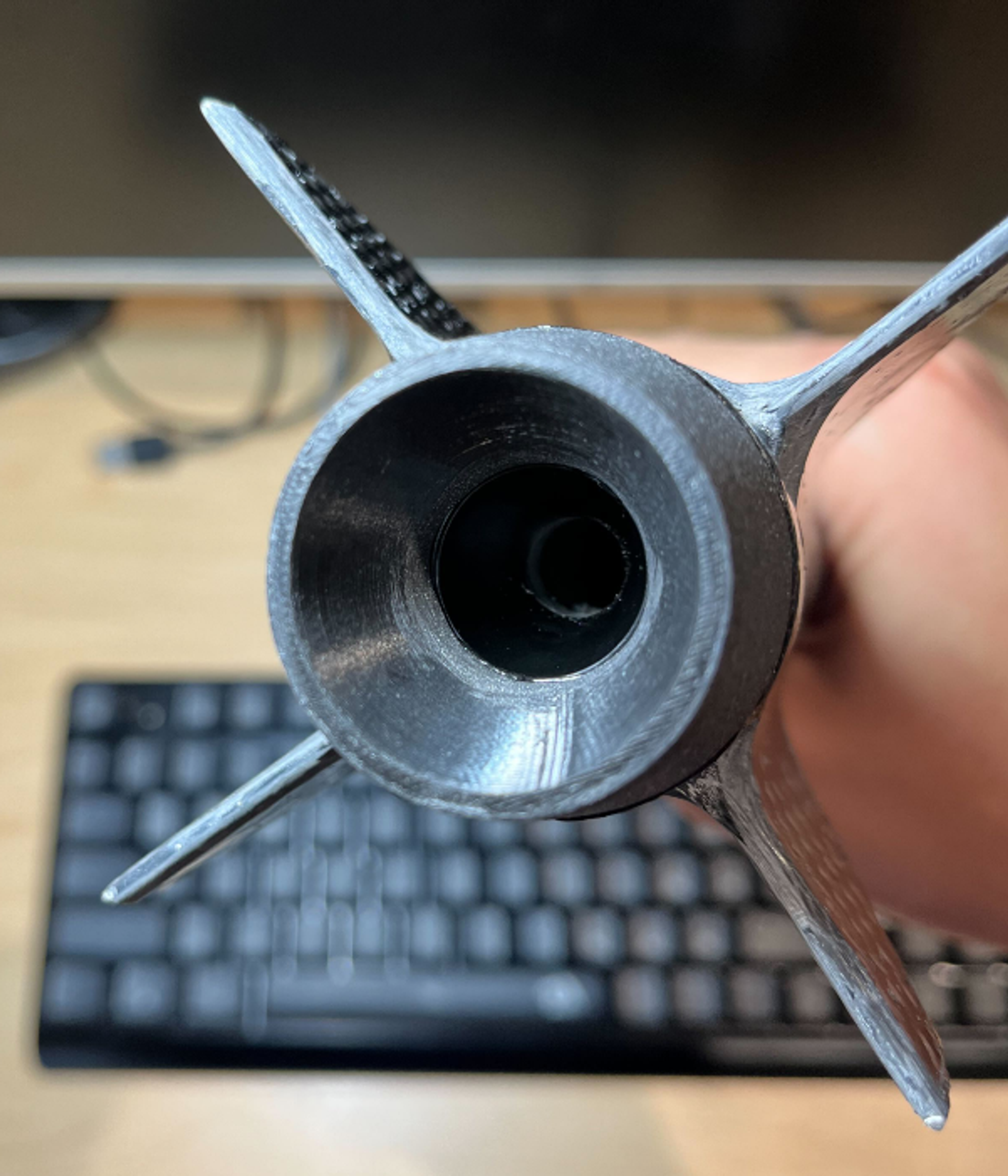
Project Phoebe, named after Flame Princess in adventure time, is a sub-minimum 38mm rocket built around a J435WS motor. With case bonded fins and head end dual-deploy, the rocket is expected to exceed Mach 2 and 10k’. Additionally, the motor has a custom proline 4500 cast nozzle extension, which is simulated to increase motor performance by up to 4%.
— Matthew Nguyen (@Madeleine Butterfly) ‘25
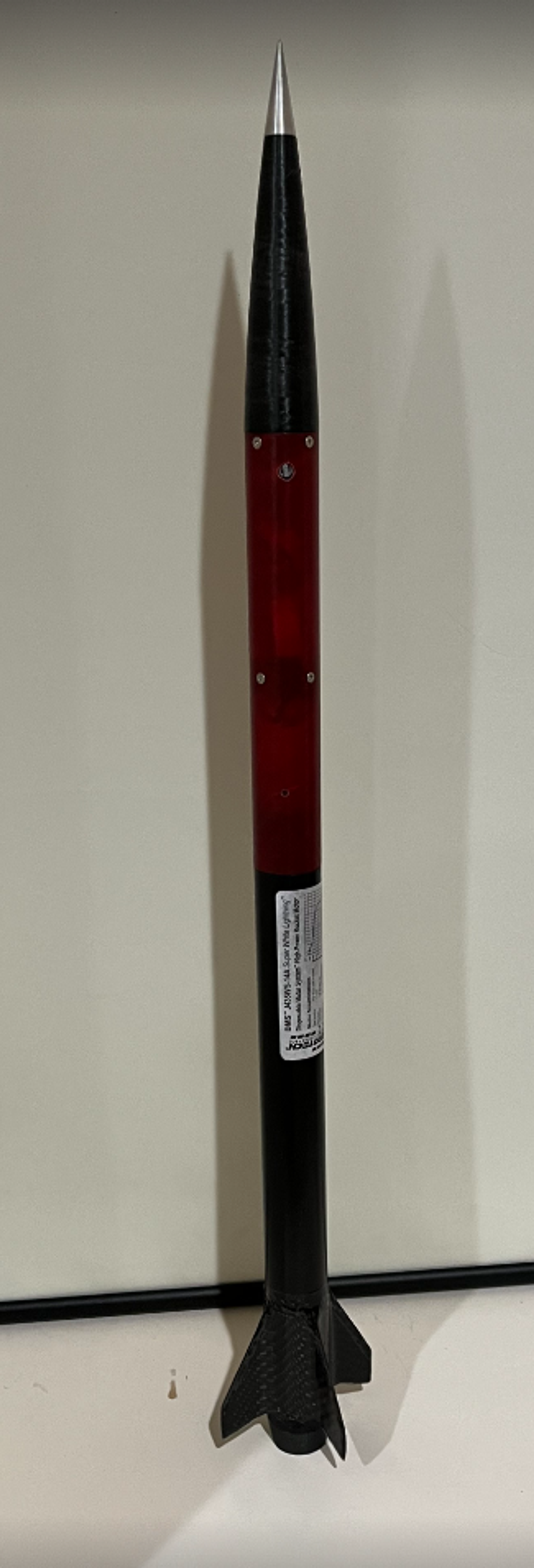
High Power Rocketry Certification Program
L1 Kit Development
Continuing from last quarter’s cost reduction development, it was time to put to practice some of the cost savings. Over the summer and spring of 2023, the HPRCCCs built prototypes of the kit that would become known as “Shasta.” This was flown successfully at MDRA on a custom H motor made by Matthew. With the added changes made over the summer, the cost of the kit was reduced by a further $15 from the original $48 of the original Shasta prototype. This is down significantly from the $110 per rocket cost of the legacy Firestorm kit used by SSI in the past.
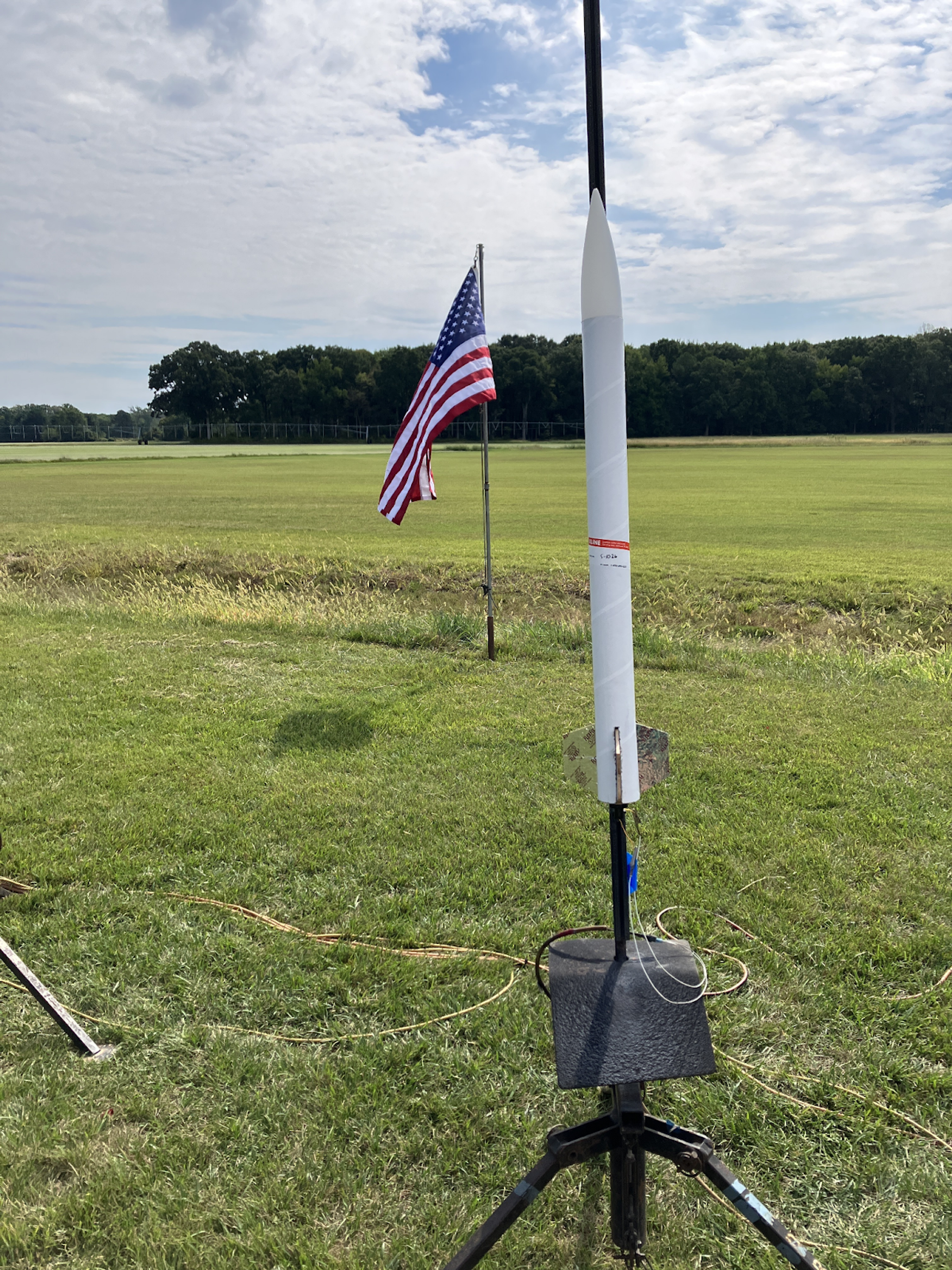
— Matthew Nguyen (@Madeleine Butterfly) ‘25
L1 Sessions!
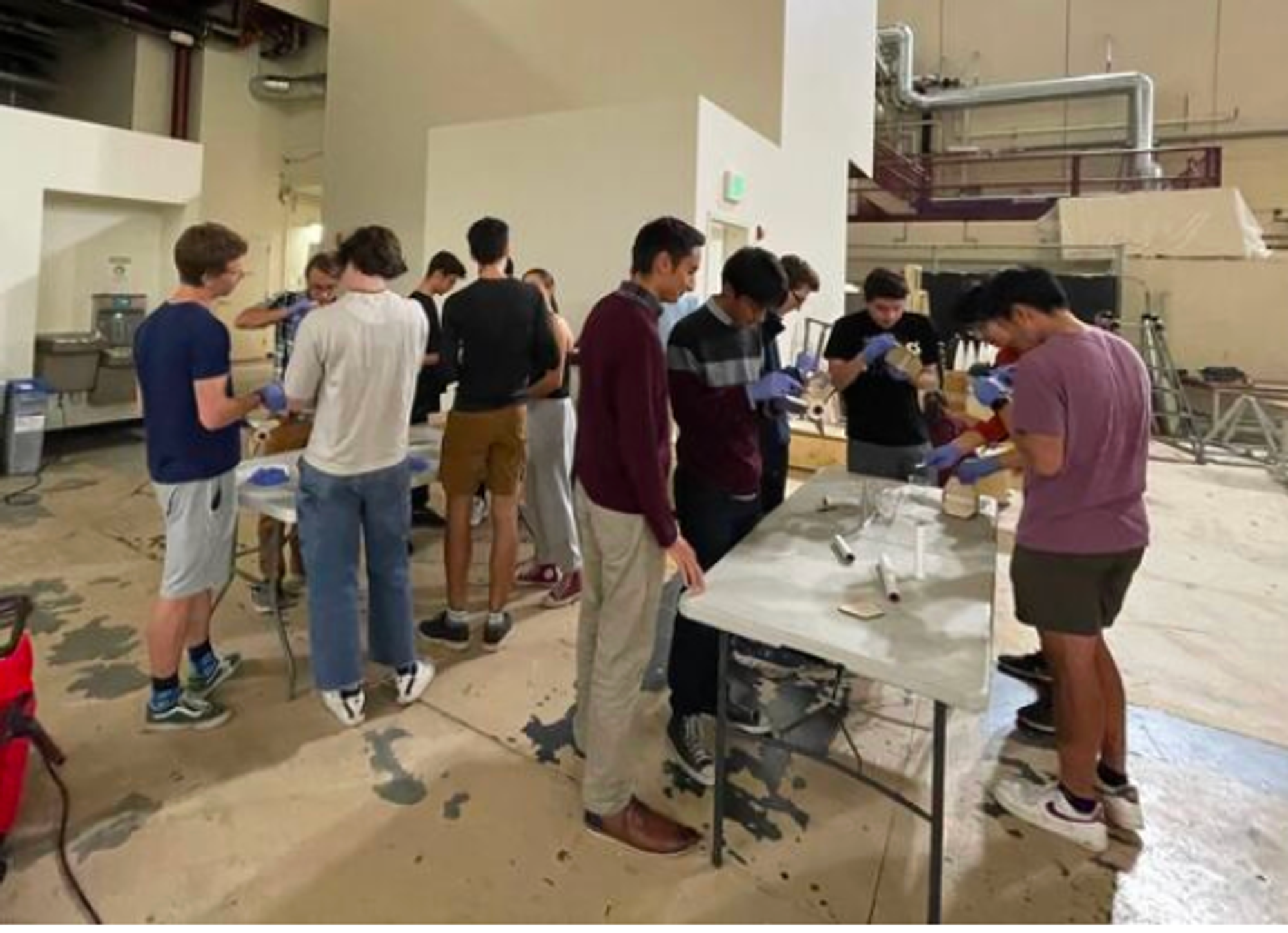
L1s started off amazing this year with another enthusiastic cohort of new and old members looking forward to getting their high power rocketry level 1 certification. Unfortunately, the scheduled December 2nd launch at LUNAR had to be canceled due to fire hazard, but everyone is poised to go for another attempt on February 3rd, 2024 at LUNAR.
— Matthew Nguyen (@Madeleine Butterfly) ‘25 and Evelyn Nutt ‘25
Level 2
With the new year, we have rolled out a new L2 certification program requiring new advanced building techniques. We currently have 8 members at various stages of working towards their L2 certification.
— Matthew Nguyen (@Madeleine Butterfly) ‘25
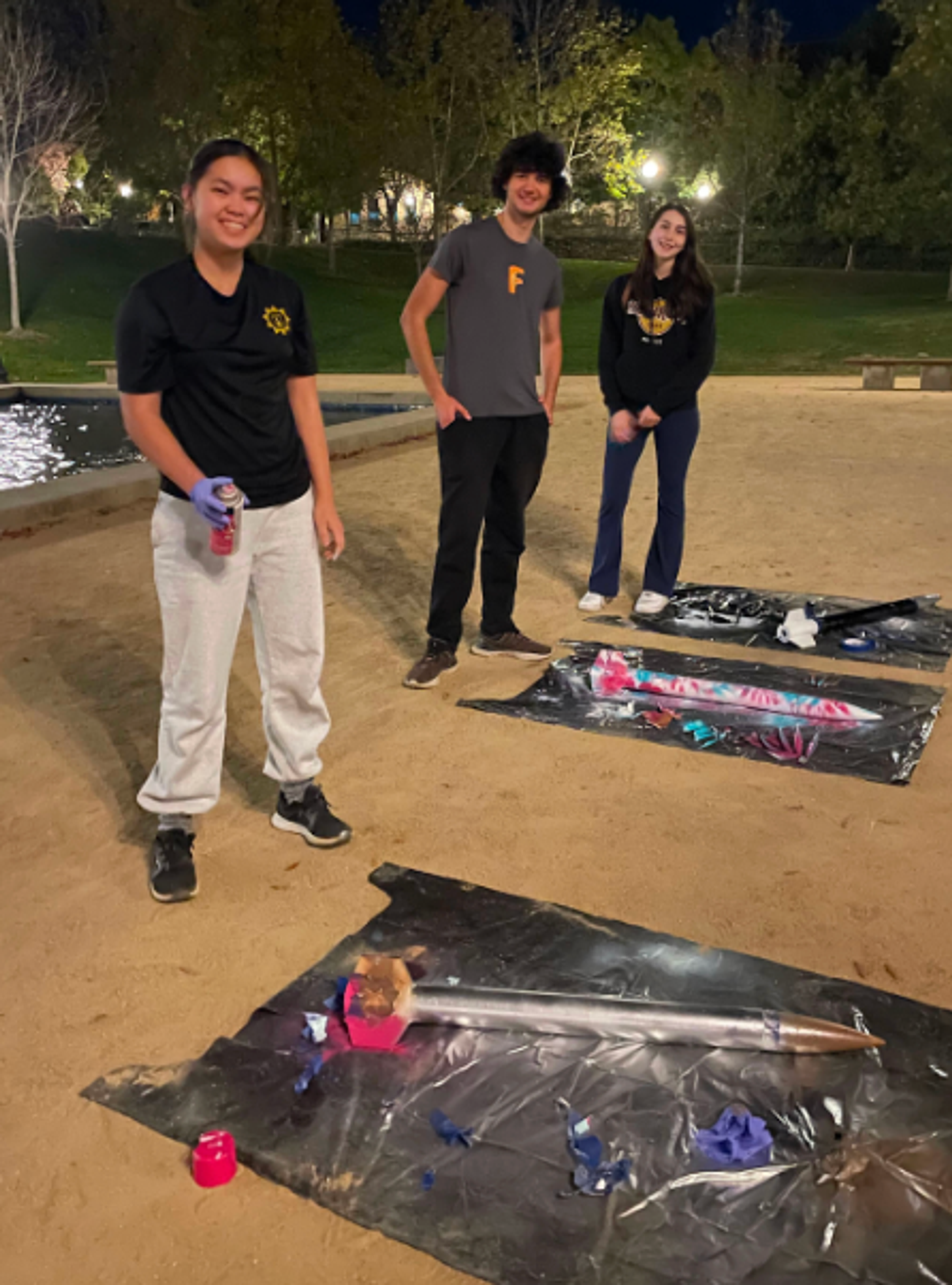
Outreach
SSI + Raspberry Pi + Broadcom Foundation Meet-Up
SSI Rockets got to join the SSI Satellites team on an unforgettable day meeting Philip Colligan, CEO of Raspberry Pi, and Paula Golden, President of Broadcom Foundation, to highlight SSI’s current projects and visions for the future! We were incredibly honored to hear insights and support from these visionary leaders in the technology and STEM education industry. On our day together, we took our guests on a Rockets + Satellites photoshoot, introduced them to the famous Moonshot couch, talked to them about our recent projects, and ended on a high note with good food and great company. We’re looking forward to many more extraordinary moments like this ahead!
– Michelle Park (@Michelle Park) ‘26 and Evelyn Nutt (@Evelyn Nutt) ‘25
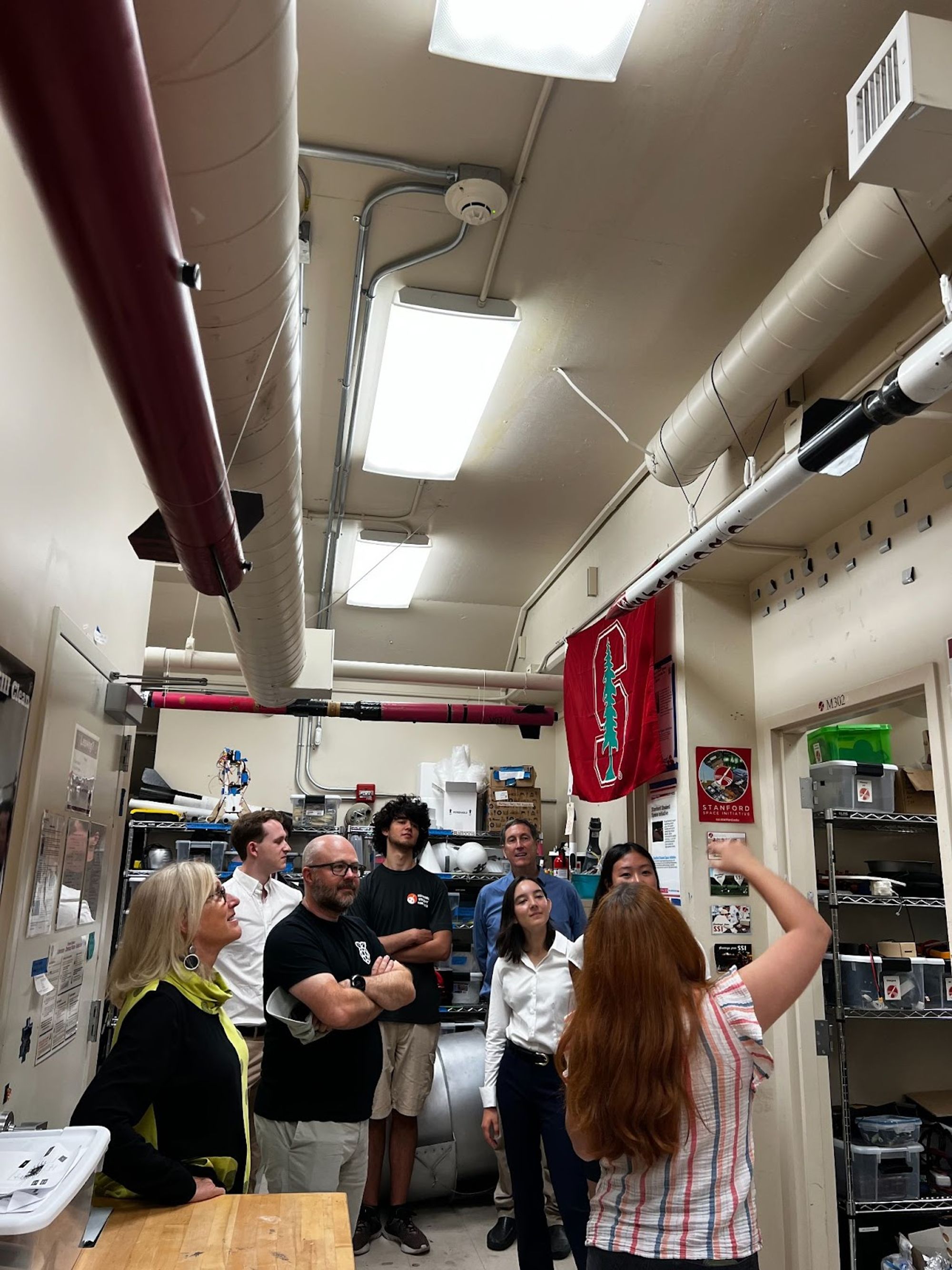
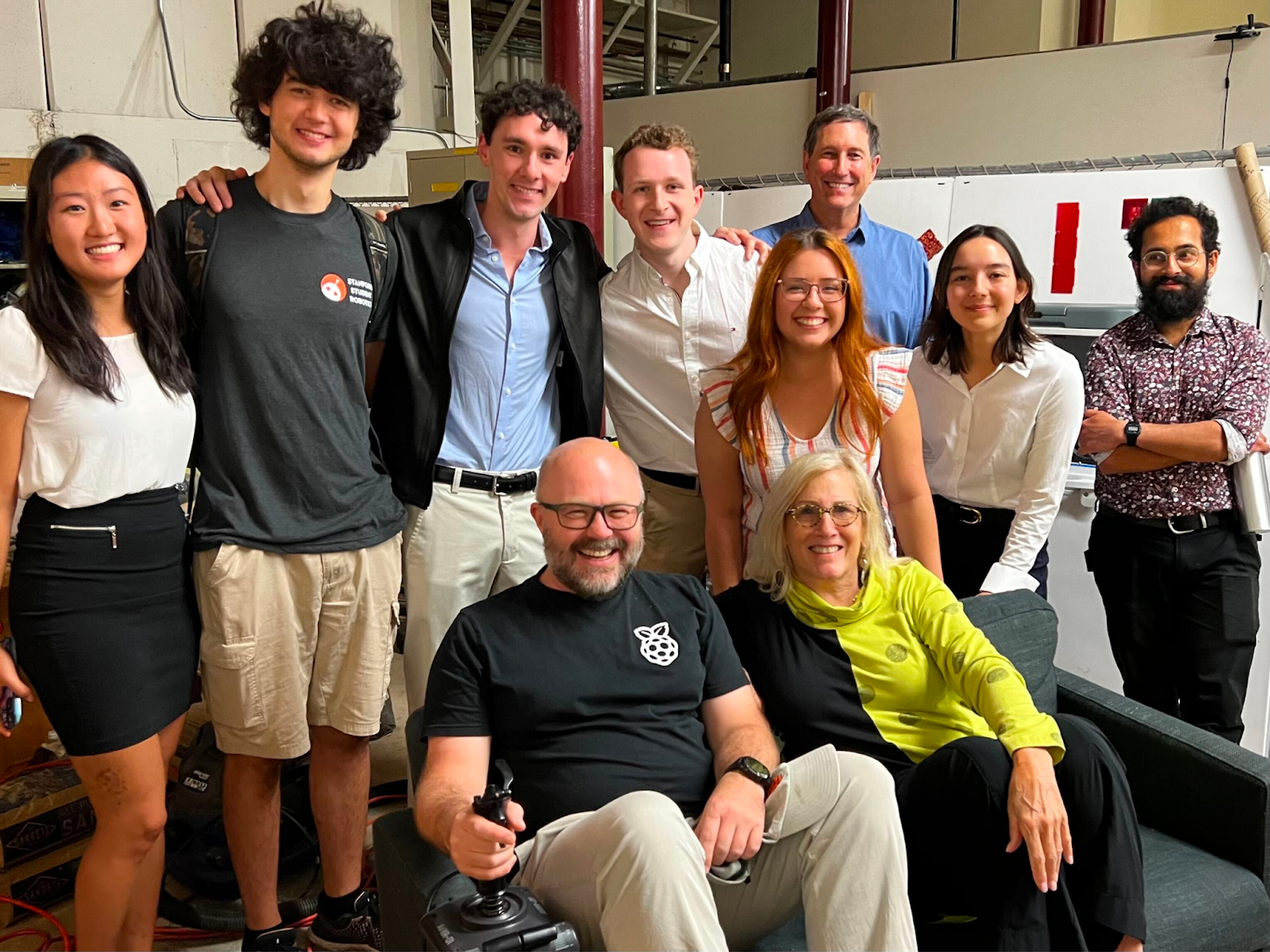
Drexel University HPR Certs
During my summer internship at NSWCPD, I met another intern at Drexel University who’s looking to start a rocketry club at his university. Throughout the summer, I mentored him and his friends in how to design, construct, and launch their L1s on a budget. They successfully flew their rockets at MDRA on 12/16/23 on an: H219T, H100W, and H550ST.
— Matthew Nguyen (@Madeleine Butterfly) ‘25
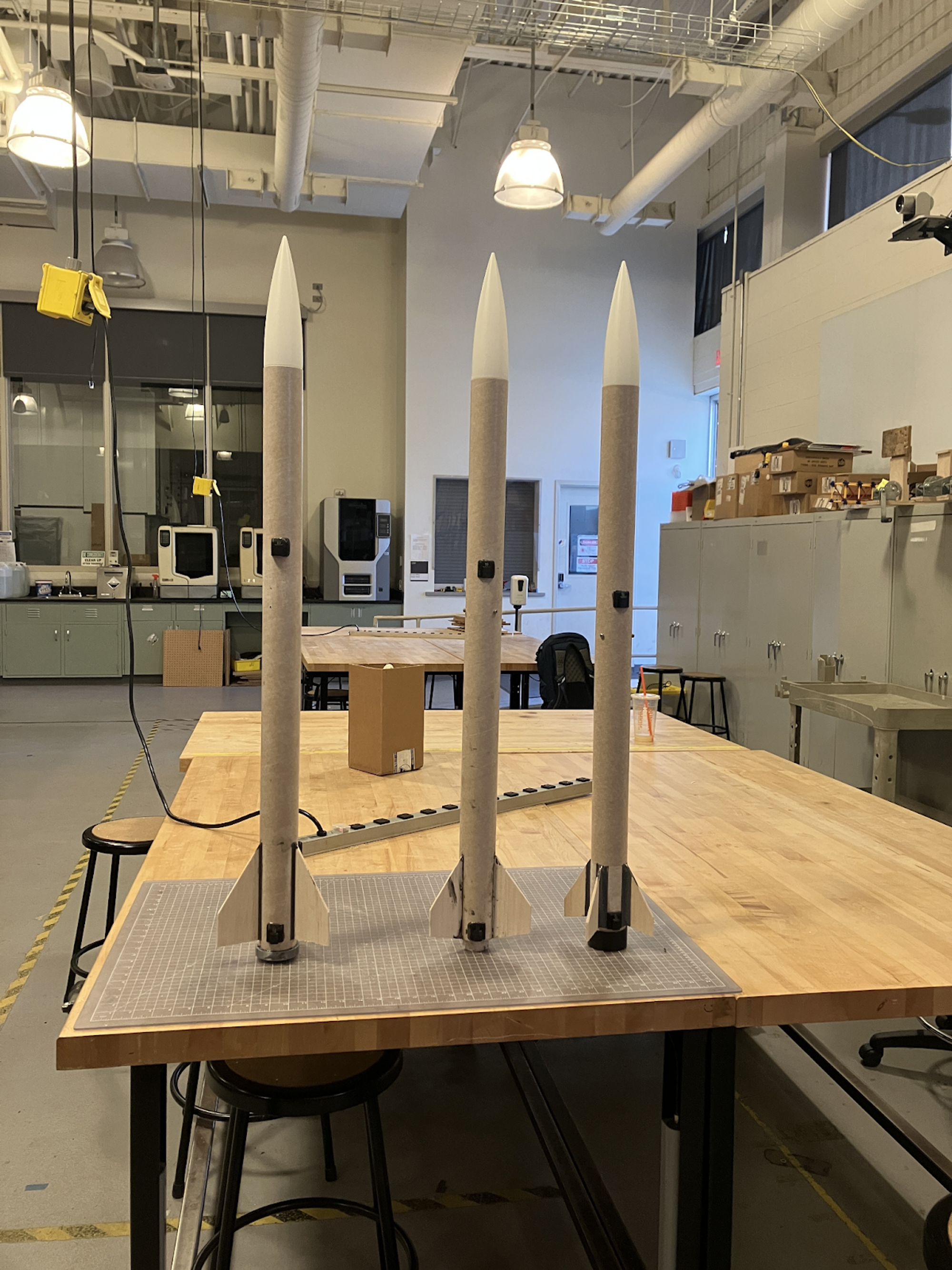
Project Phoenix Accepted into IREC, Set to Compete at Spaceport Cup America!
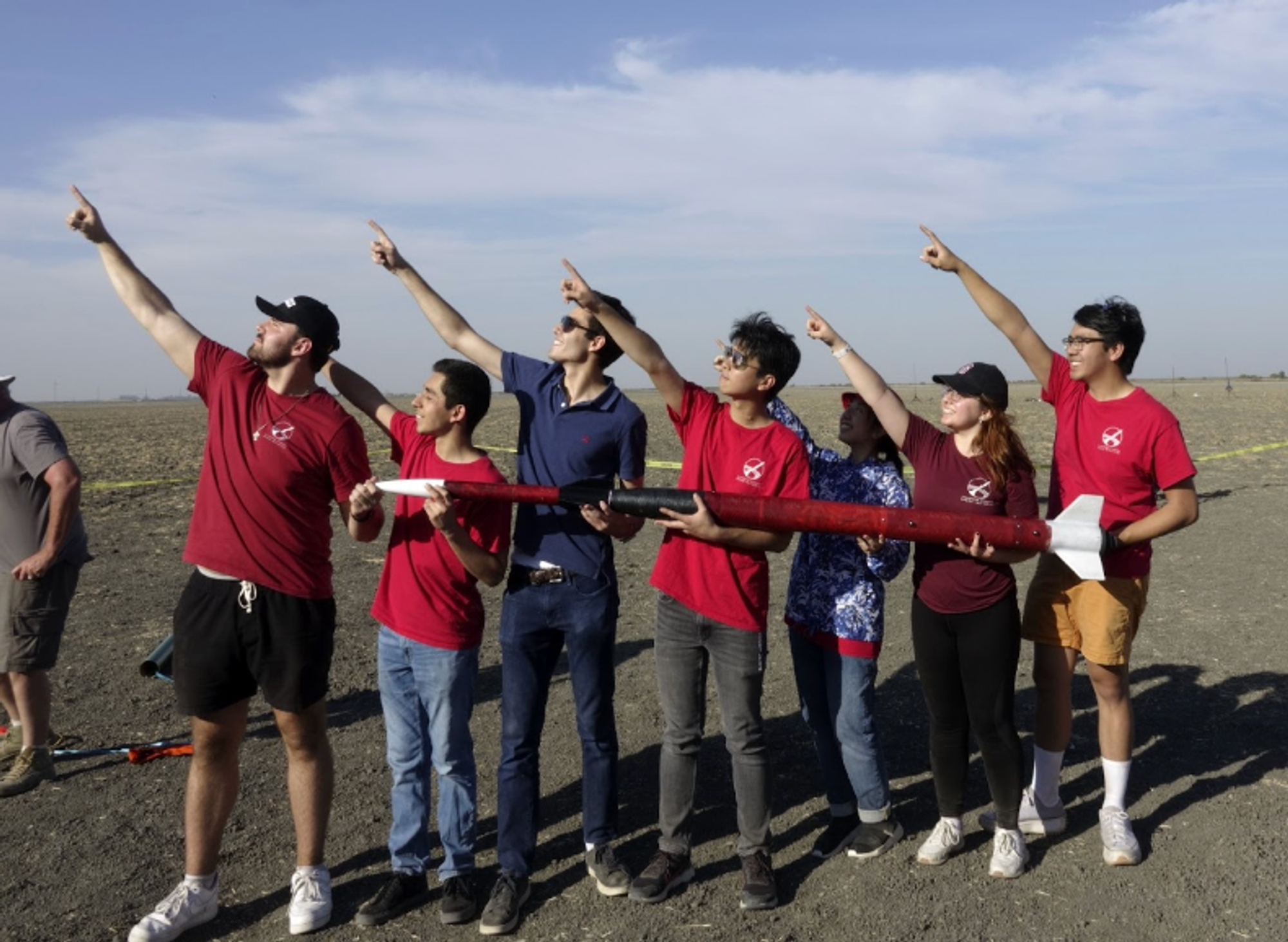
After months of hard work, dedication, and meticulous planning, Project Phoenix, a two-stage rocket aimed to fly to 30,000 ft, has earned its place among the teams selected to participate in the International Rocket Engineering Competition. This event promises an immersive experience, providing our team with a chance to interact with like-minded individuals, industry experts, and space enthusiasts from around the world. Let's reach for the stars together as we embark on this incredible journey with Project Phoenix at Spaceport Cup America!
— Sam Chen ‘26 and Annabelle Jayadinata ‘26
A New Marketing Strategy
In hopes of recruiting more members for all our amazing projects and opportunities, our very own Lawton Skaling designed new, improved, and up-to-date posters demonstrating all that can be gained from joining SSI Rockets! From left to right, the Rockets team has been able to show off our liquid engine from Project Olympus, our hefty fins that can survive ballistic crashes from Project Phoenix, a campus centerpiece scaled down to a launch rail from Lawton Skaling’s Hoover Tower Rocket project, and one of our flight computers being developed through the many PCB design efforts we’ve been making in the past few years. Enjoy the fun Rockets propaganda!
– Evelyn Nutt (@Evelyn Nutt) ‘25
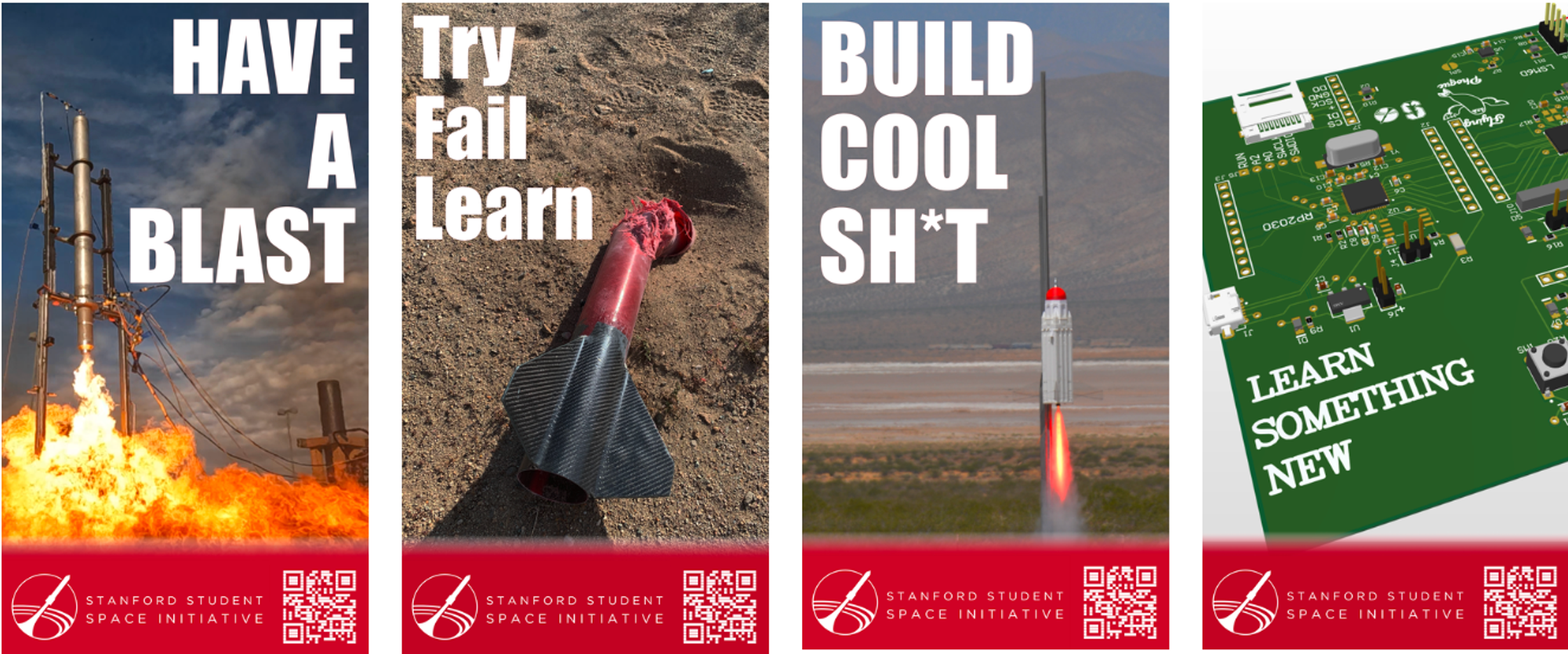
Sponsor Highlight: Firefly Aerospace
Firefly Aerospace invited the SSI Rockets team to a tour of their launchpad at Vandenberg Space Force Base this past summer! During the tour, we got to visit their launch control room and learn how launch communications work. We even had a chance to listen to the launchpad operators as they made their vehicle horizontal to prepare for a payload attachment!
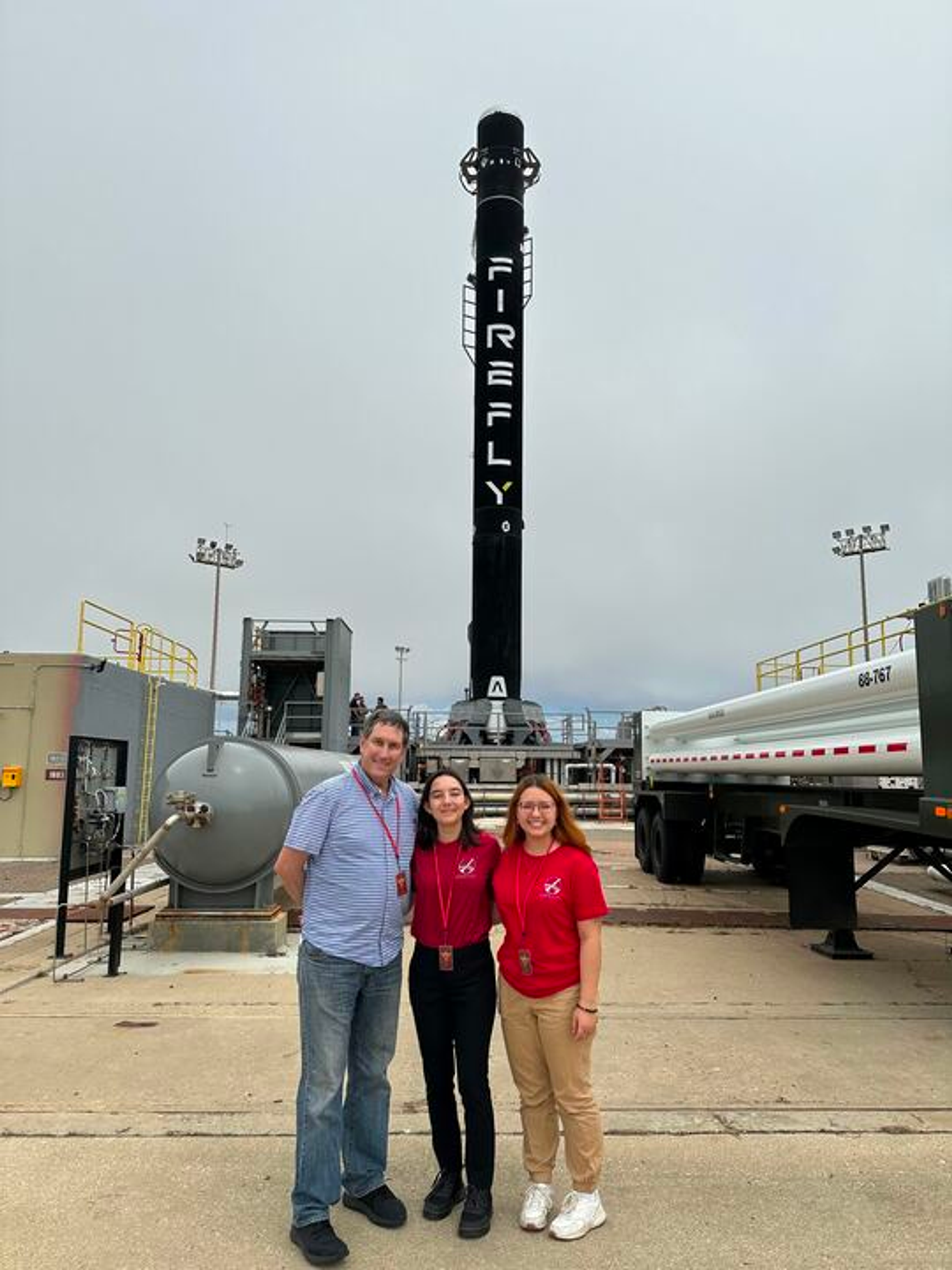
While walking on the launchpad, we heard more about their fluid system and controls, vehicle mounting hardware, launchpad maintenance, and more. We shared our excitement about their current 180-day mission to be on-call to launch their vehicle, Alpha, within a 24-hour window (which has since been successful)! We were particularly inspired by their dedication to renovate design concepts and reach perfected models, all of which are similar goals shared at SSI. We were able to hear amazing advice for the future of our SSI Rockets team.
Thank you to Firefly Aerospace for inviting us to this inspiring tour and for sponsoring carbon fiber materials to us!
– Michelle Park (@Michelle Park) ‘26 and Evelyn Nutt (@Evelyn Nutt) ‘25
Commemorating Project Olympus
With a multi-year project coming to a bittersweet end, the Rockets team wanted to show its pride for the project and its team members by creating these sick mission patches and this even more sick Olympus Hype Video!!!
In all seriousness, SSI Rockets wants to continue celebrating SSI’s first ever liquid rocket. After several years, the project had a successful propellant load with a launch height of about 7,000 feet and a full recovery of the rocket! With this success, we also got to enjoy being in the presence of rocket enthusiasts at the Friends of Amateur Rocketry launch site located in the Mojave Desert.
We hope you will continue congratulating all Olympus team members for this amazing achievement by watching our launch video and sharing it with your rocket-lover friends!
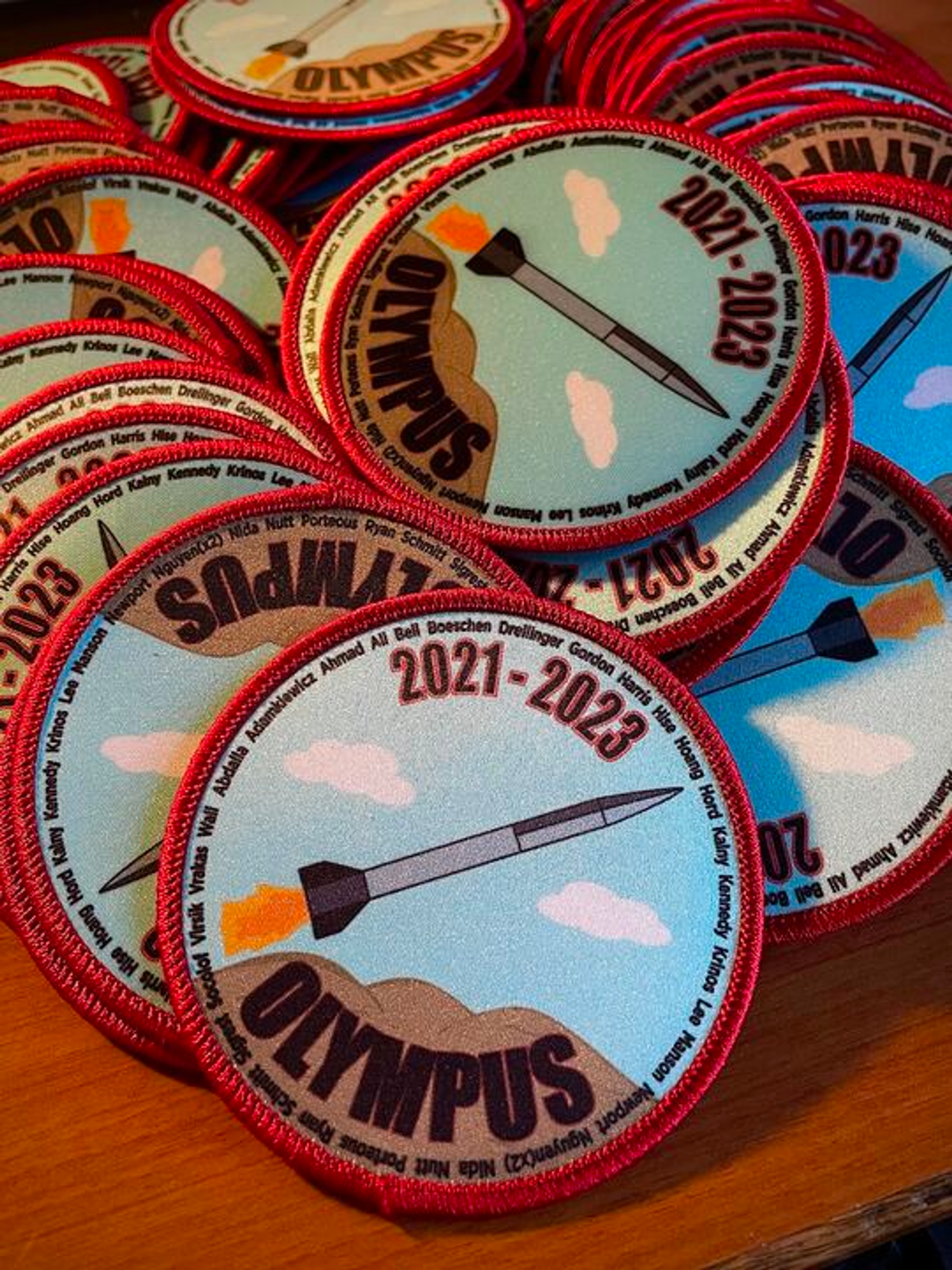
– Evelyn Nutt (@Evelyn Nutt) ‘25
Coming Soon…
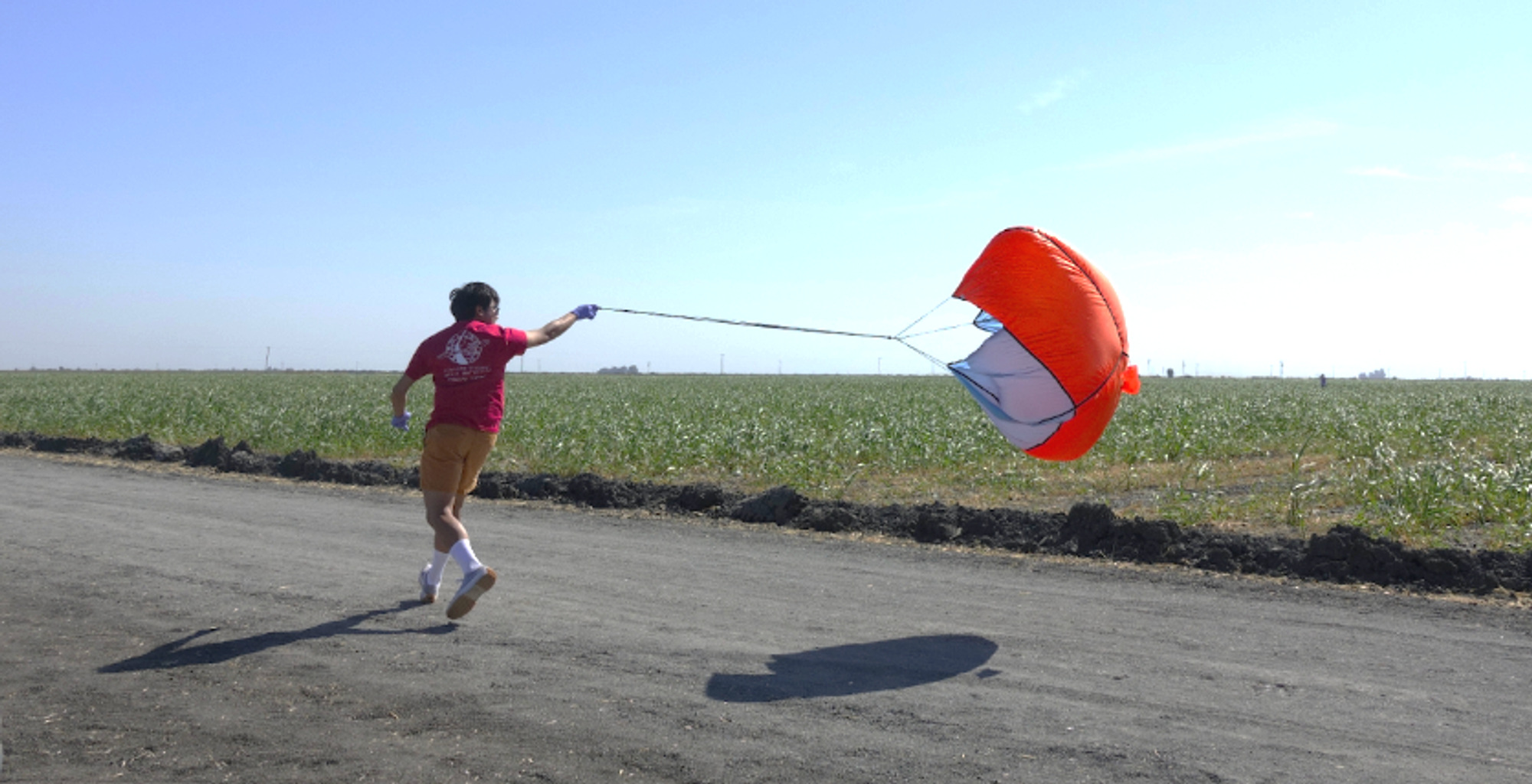
The SSI Rockets team always has plenty in store every quarter! Here’s some launches and events that you might be interested in for the 2023-2024 Winter Quarter:
- Winter Quarter Rockets General!
- More L1 and L2 build sessions, and our first cert launch of the year!
- Fountain Hopper Hybrid Engine Preliminary Design Review and testing campaign!
- Two more Phoenix test launches and even more on-campus subsystem tests!
- An in-depth look at SSI and Stanford’s ITAR practices, restrictions, and communications!
- New Rockets co-leads selections!
Getting Involved!
Interested in joining a Rockets project or building a rocket of your own? Here’s how you can get involved!
- If you’re a Stanford student, join the SSI Slack!
- Check out the SSI Instagram at @stanfordssi
- Reach out to the Rockets co-leads by email at [email protected] and [email protected]
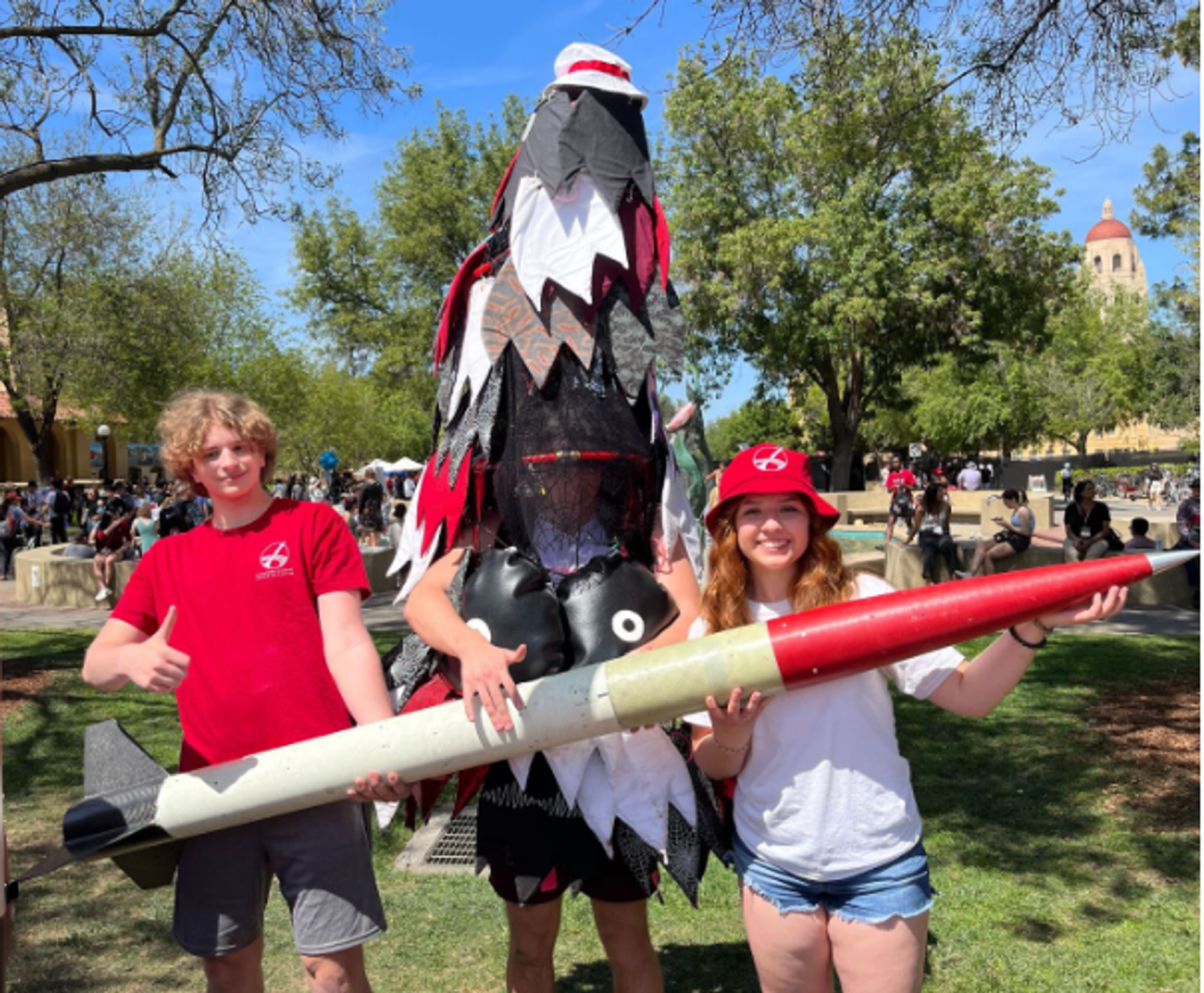
- Reach out to the Rockets co-leads by Slack DM at @Evelyn Nutt and @Charlie Gordon
- Take a look at the projects featured in this newsletter through these Slack channels:
Rockets General: #rockets
Fountain Hopper: #rockets-fountainhopper
Phoenix: #rockets-phoenix
Individual Projects and Butterfly Aerospace: #department-of-outrageous-rockets
L1, L2, and L3 certification rockets: #rockets-l1s #rockets-l2certs #l3-squad
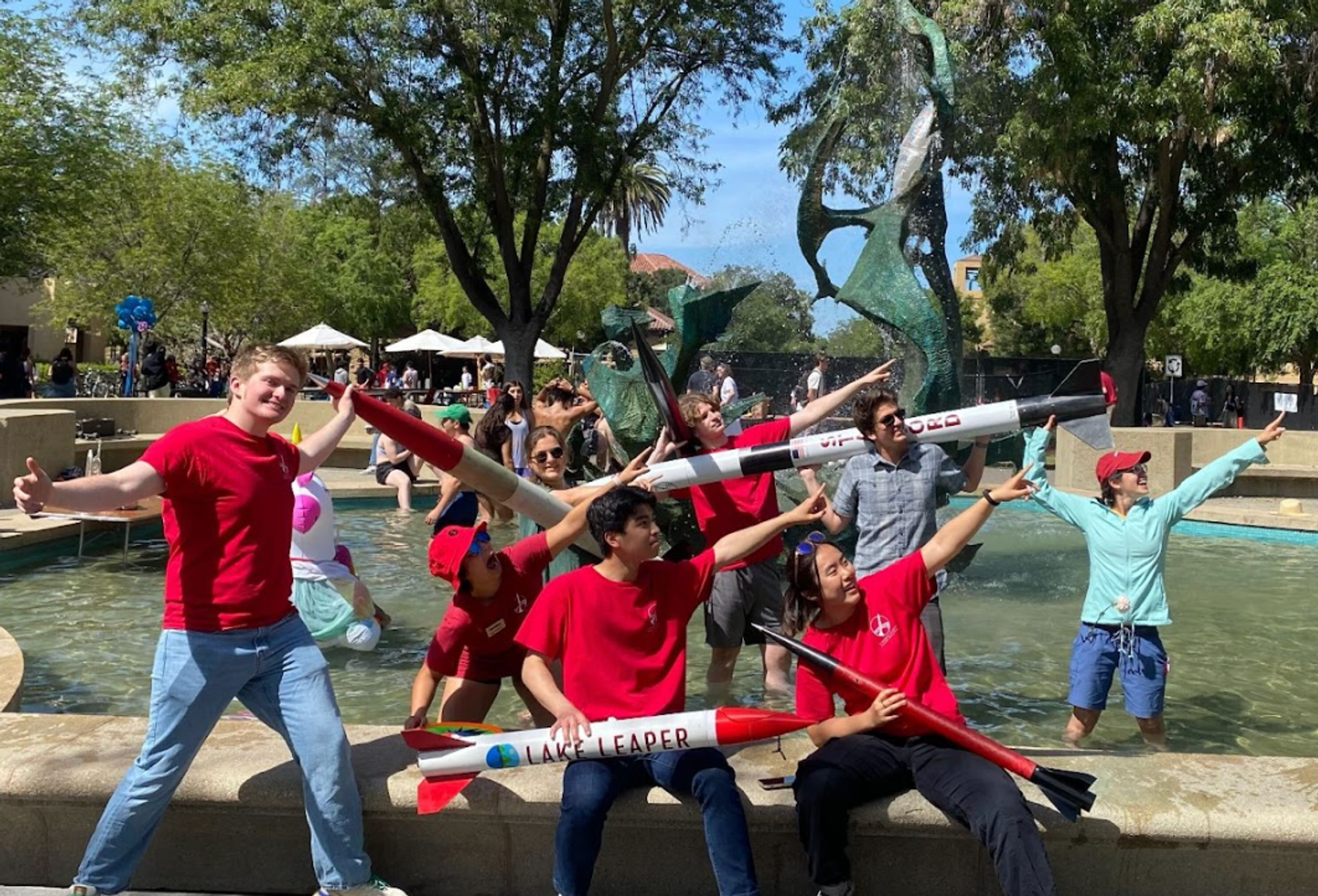
As always — pointy end up, flamey end down!
